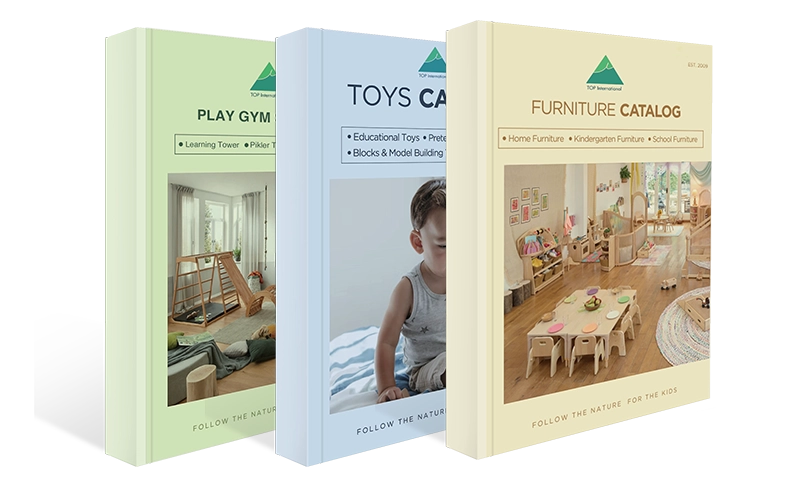Is it pouring outside, and your kids are bouncing off the floors? Are you searching for creative ways to keep them engaged indoors? Looking for rainy day activities for kids that are simple, safe, and engaging?
Yes, they can! Rainy day activities for kids don’t have to be chaotic or boring. With the right mix of games, crafts, and learning-based play, children can stay active, focused, and happy without relying on screens. These fun activities boost fine motor skills, social interaction, creativity, and even early academic thinking, making indoor time both fun and enriching for preschoolers and young learners. Turn every stormy afternoon into a moment of discovery and joy.
We’ve put together 50 amazing rainy day activities for kids that blend indoor fun with early childhood learning. Whether you’re a teacher, school owner, or parent, these practical ideas will help you create a productive and exciting atmosphere—no sunshine needed.
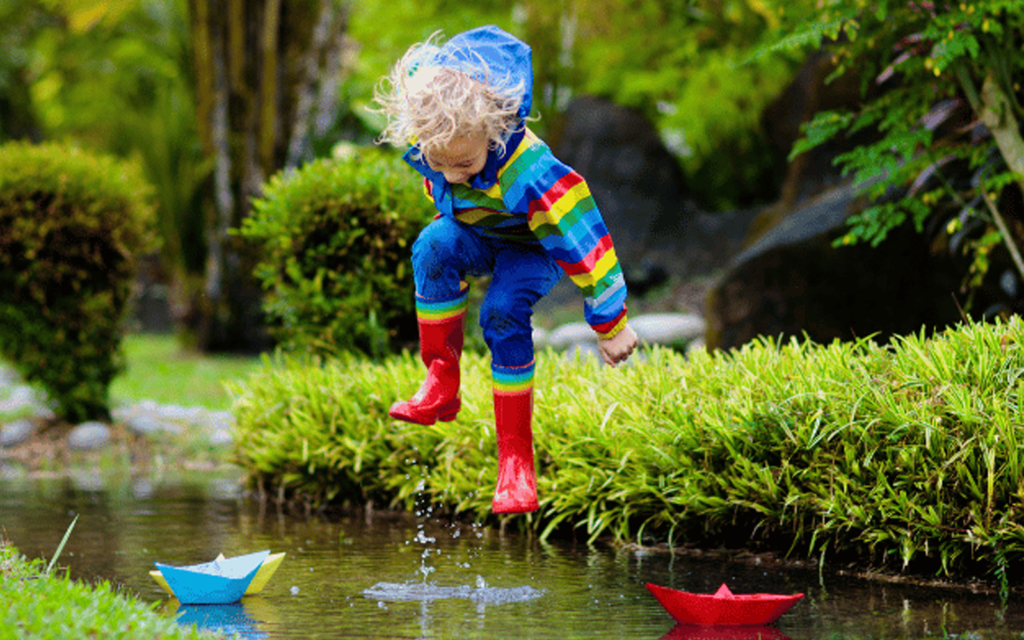
Why Rainy Day Activities for Kids Matter?
When the rain begins to pour, most classrooms face the same dilemma: how to keep children active, engaged, and safe indoors. Rainy day activities for kids aren’t just a temporary distraction—they are essential tools for maintaining a balanced and enriching educational environment, especially for young learners in preschool and kindergarten settings.
A rainy day changes the dynamics of a classroom. Outdoor playgrounds become unusable, daily routines shift, and children can become restless, agitated, or overly energetic. Without structured alternatives, teachers may see an increase in behavioral issues, lack of focus, and even anxiety in some children. That’s why having a well-planned system of rainy day activities for kids is more than convenient—it’s crucial for maintaining both emotional stability and developmental consistency during unpredictable weather.
Right Activities Improve Child Development
Children between the ages of 2 and 6 experience rapid cognitive, physical, and emotional growth. During rainy days, without access to outdoor movement or natural stimuli, that growth can easily be stalled if passive screen time or unstructured play dominates the day. But the right rainy day activities for kids provide structured, purposeful engagement that directly supports key areas of development.
For instance, activities like indoor obstacle courses, Montessori-style sorting games, or arts and crafts projects stimulate fine and gross motor skills. These tasks encourage children to grasp, cut, balance, or move through space—all crucial skills for building coordination and physical confidence. At the same time, activities like group storytelling, puppet shows, and sensory bin play stimulate language development, emotional regulation, and problem-solving ability.
Moreover, when children engage in cooperative indoor games, they practice social skills like taking turns, listening, and negotiating. In essence, the right indoor activities don’t just keep kids busy; they nurture the whole child. A well-organized room with age-appropriate materials and freedom to explore safely allows these activities to come alive, even when the skies are truly grey.
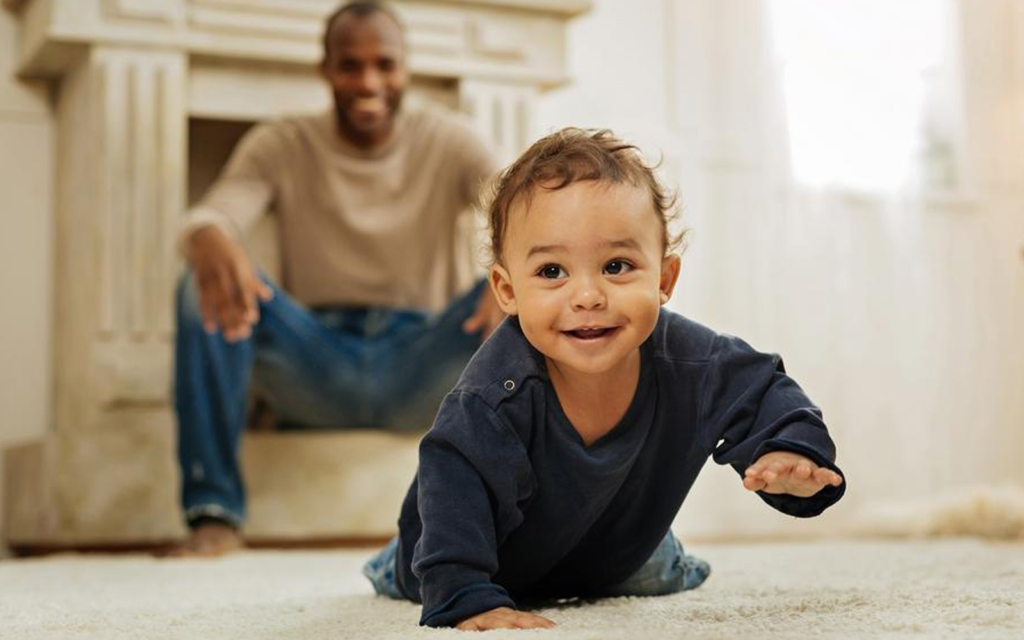
Montessori & Reggio Approaches Work Best Indoors
When it comes to maximizing the value of rainy day activities for kids, Montessori and Reggio Emilia methods stand out as two of the most effective early childhood education approaches. They are both built on principles of child-led exploration, hands-on learning, and natural curiosity, making them particularly well-suited for indoor environments.
El Montessori method emphasizes order, independence, and purposeful activity. Even during a rainy day, a child in a Montessori setting can choose from a wide range of materials: puzzles, manipulatives, sorting trays, or real-world tools for practical life exercises. This promotes a calm, structured atmosphere where children are engaged and focused, despite the chaos outside.
Reggio Emilia, on the other hand, prioritizes creativity, communication, and collaborative discovery. On rainy days, classrooms might transform into mini art studios or dramatic play zones. Children might use mirrors, light tables, and recycled materials to create their interpretations of weather, nature, or storytelling scenes. Teachers document the process, valuing every expression as part of the child’s learning journey.
Both methods also emphasize the environment as a “third teacher.” Indoors, this means thoughtful furniture design, material placement, and flexible open spaces. Classrooms that use low-shelf storage, child-sized tables, y open-floor play zones allow kids to move freely between activity areas. It gives them a sense of autonomy, even when the weather restricts physical boundaries.
50 Rainy Day Activities for Kids
Rainy days don’t have to mean boring days. These 50 rainy day activities for kids are designed to keep preschoolers learning, moving, and creating—right inside the classroom. Whether you’re a kindergarten owner, teacher, or education supplier, you’ll find indoor-friendly games, crafts, and Montessori-inspired tasks that support child development, even when outdoor play isn’t possible.
Finger Painting with Washable Paint
Finger painting is a timeless indoor activity that sparks creativity and supports early development. It allows children to express themselves freely without needing tools or structure.
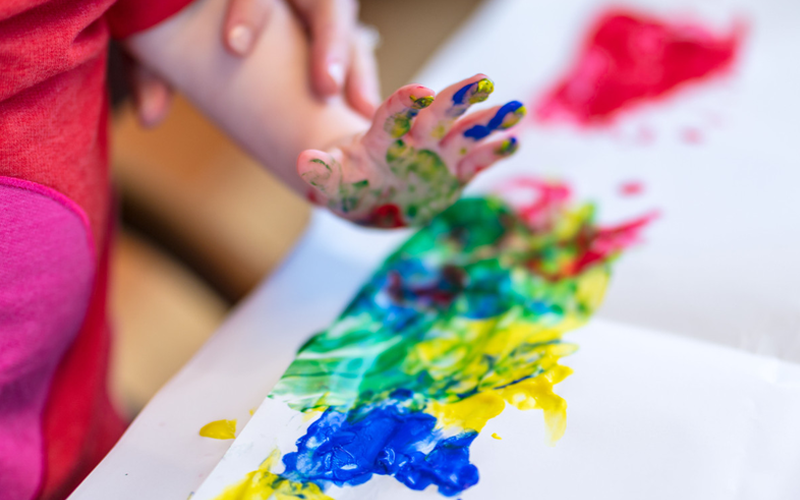
Materiales necesarios:
- Table cover and cleaning supplies
- Washable, non-toxic finger paints
- Thick paper or poster board
- Aprons or old clothes
How to Do It:
Prepare a protected surface, pour paint onto trays, and let children paint using their fingers. They can explore color mixing, shape-making, or even finger-written messages. Let paintings dry flat for display or take-home art.
Beneficios:
This activity strengthens fine motor skills, improves hand-eye coordination, and provides valuable sensory stimulation. It also playfully encourages imagination and emotional expression.
Recycled Materials Art Projects
This activity transforms everyday waste into creative art. It encourages kids to see beauty in ordinary objects while promoting environmental awareness and imaginative thinking.
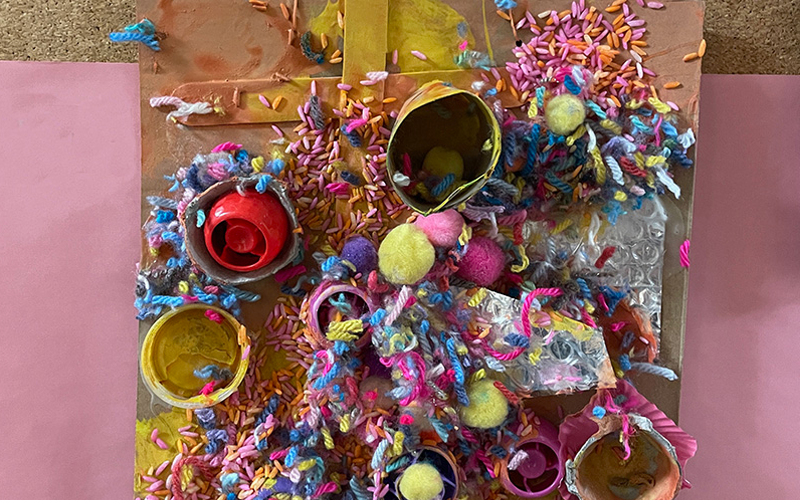
Materiales necesarios:
- Clean cardboard, bottle caps, paper rolls, egg cartons
- Glue sticks or child-safe liquid glue
- Tijeras de seguridad
- Markers, stickers, yarn, or paint for decoration
How to Do It:
Set out various recycled materials and let children choose what inspires them. Please encourage them to build, cut, glue, and decorate freely. Projects can range from robots and animals to abstract sculptures. Display finished work to build pride and presentation skills.
Beneficios:
Children develop fine motor skills, problem-solving abilities, and creative confidence. It also introduces basic recycling concepts in a hands-on, meaningful way.
DIY Paper Plate Masks
This hands-on craft activity lets children turn simple paper plates into imaginative masks. It’s ideal for encouraging creativity, storytelling, and dramatic play indoors.
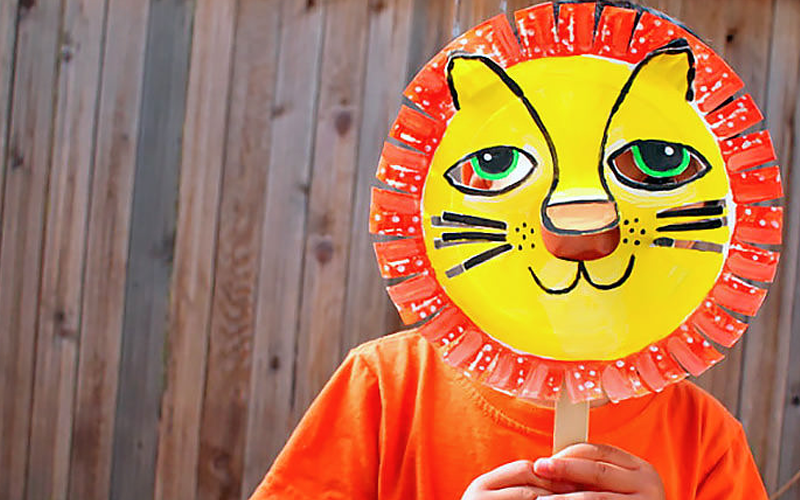
Materiales necesarios:
- Plain paper plates
- Tijeras de seguridad
- Markers, crayons, or paint
- Yarn, popsicle sticks, glue
- Craft items like feathers, buttons, and stickers
How to Do It:
Cut out eye holes in each plate. Let children choose characters—animals, superheroes, or invented creatures—and decorate their masks using the materials provided. Attach yarn to wear or glue a stick to hold the mask.
Beneficios:
This activity improves fine motor coordination, supports emotional expression, and encourages language skills through pretend play. It also builds social confidence as children present or act out their mask characters.
Safe Indoor Chalk Drawing
This low-prep activity brings the sidewalk art experience indoors, cleanly and safely. It’s great for creativity, pre-writing skills, and sensory fun.
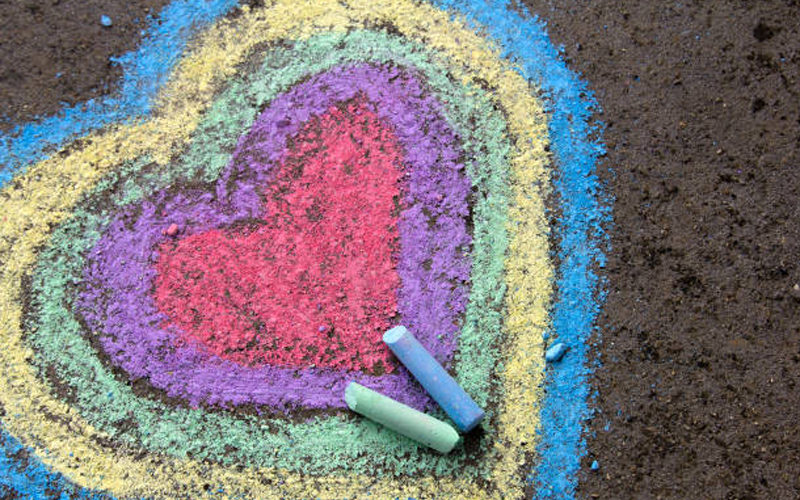
Materiales necesarios:
- Washable chalk
- Large sheets of dark-colored paper or cardboard
- Painter’s tape (optional for borders)
- Damp cloths for cleanup
How to Do It:
Tape paper onto the floor or tables to create a smooth drawing surface. Children can draw shapes, letters, or scenes using colorful chalk. Encourage layering or blending colors. Clean-up is quick with a damp cloth.
Beneficios:
Strengthens hand muscles, supports early writing, and allows free artistic expression. The temporary nature of chalk also encourages experimentation and reduces pressure on perfection.
Collage Making with Nature or Magazines
This quiet, creative activity helps kids build visual storytelling using everyday materials. It’s ideal for encouraging focus and fine motor precision.
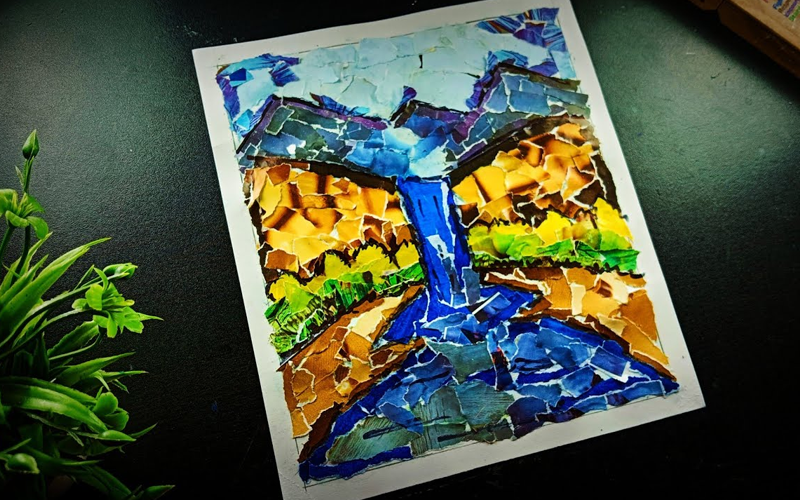
Materiales necesarios:
- Old magazines, leaves, twigs, and flower petals
- Glue sticks or child-safe glue
- Scissors (child-safe)
- Paper or cardboard as a base
How to Do It:
Children cut or tear images from magazines or arrange collected natural items. They then glue these onto a base to form a themed or abstract collage. Prompt them with ideas like “my favorite season” or “forest animals.”
Beneficios:
Enhances visual planning, cutting skills, and attention to detail. It also introduces elemental composition and storytelling through images—essential foundations for literacy and creativity.
Indoor Obstacle Course with Cushions
This energetic activity helps children stay active indoors using only soft, safe classroom materials. It’s ideal for rainy days when movement is limited.
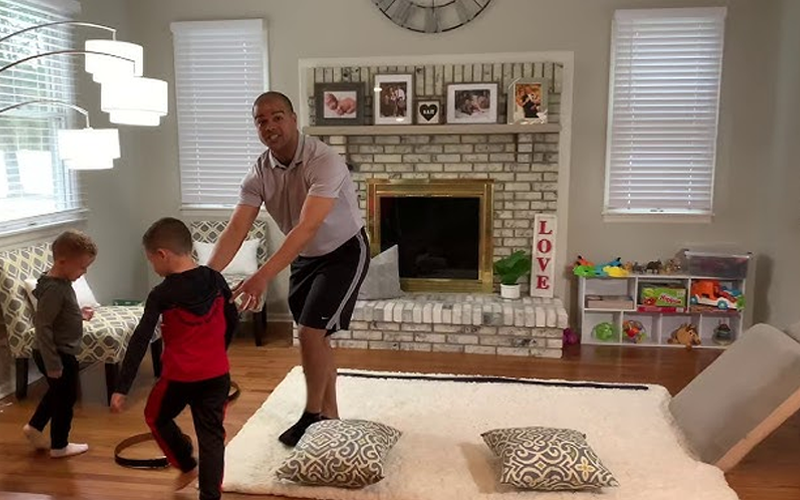
Materiales necesarios:
- Floor cushions or pillows
- Small tables, tunnels, or mats (optional)
- Painter’s tape for marking paths
- Cones or baskets for targets
How to Do It:
Set up a simple path: crawl under tables, jump over cushions, balance on taped lines. Let children move through the course one by one or in small groups. Change the course regularly to keep it interesting.
Beneficios:
Promotes gross motor skills, balance, and coordination. It also helps release built-up energy and supports body awareness, crucial for physical development in early childhood.
Montessori-Style Movement Cards
This calm yet active activity invites children to follow simple movement instructions using illustrated cards. It combines physical activity with cognitive learning.
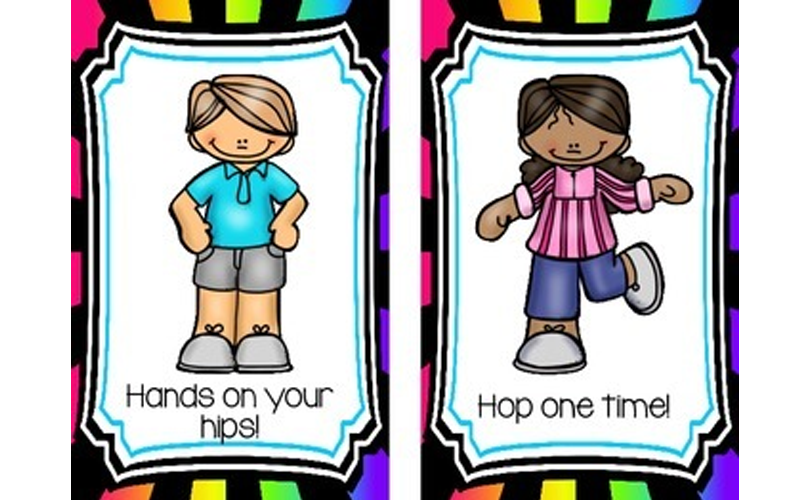
Materiales necesarios:
- Printed movement cards (e.g., jump, crawl, spin, stretch)
- Laminator (optional, for durability)
- Open space in the classroom
How to Do It:
Lay cards face down. One child draws a card and performs the movement. Others follow or take turns. Use cards individually or in a series to create mini “movement routines.”
Beneficios:
Encourages listening, focus, and motor planning. Also builds vocabulary and supports independence, all in line with Montessori principles of self-directed, purposeful movement.
Animal Walk Races
A fun and laughter-filled way for children to get moving indoors. This activity mimics animal movements to build strength and coordination.
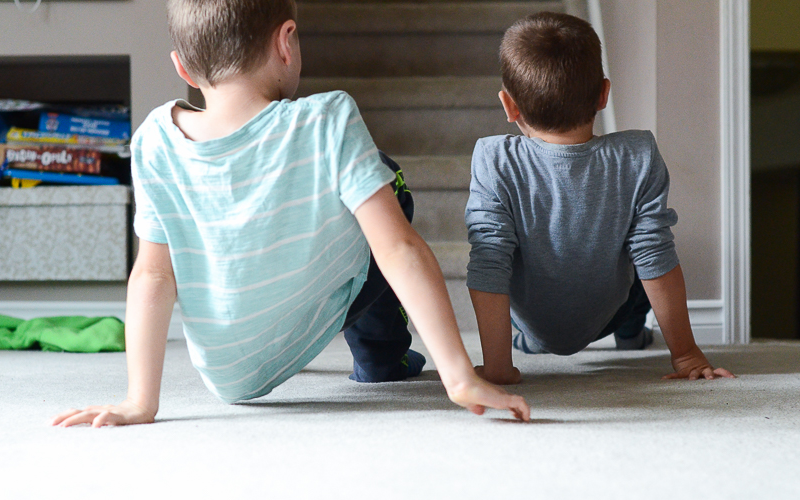
Materiales necesarios:
- Open indoor space
- Masking tape to mark start and finish lines
- Picture cards of animals (optional)
How to Do It:
Demonstrate how to walk like various animals—bear crawl, frog jump, crab walk, duck waddle. Children take turns racing from one side of the room to the other using the assigned movement. Rotate animals every round.
Beneficios:
Builds gross motor skills, body awareness, and muscle strength. It also supports following directions, imaginative play, and classroom cooperation in a highly engaging format.
Dance Party with Educational Songs
This simple, high-energy activity combines music, rhythm, and learning. It’s perfect for group engagement and resetting the classroom mood.
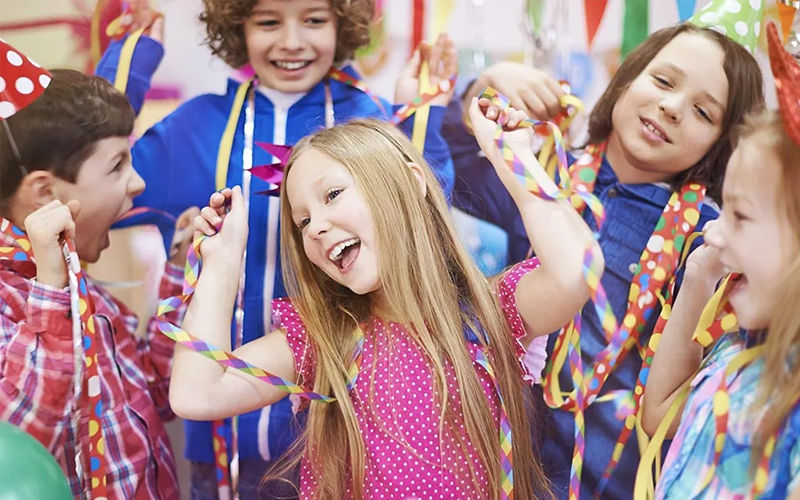
Materiales necesarios:
- Speakers or a music player
- Age-appropriate educational songs (alphabet, counting, movement-based tracks)
- Open floor space
How to Do It:
Play a selection of upbeat songs that include lyrics or prompts for movement. Encourage kids to follow the music—clap, jump, freeze, or act out words. You can also lead with simple choreography or let kids take the lead.
Beneficios:
Improves rhythm, listening skills, and memory. Dancing also supports coordination, self-expression, and emotional release—great for indoor energy management.
Bean Bag Toss into Colored Bins
A classic game that enhances hand-eye coordination and introduces early sorting or color recognition concepts.
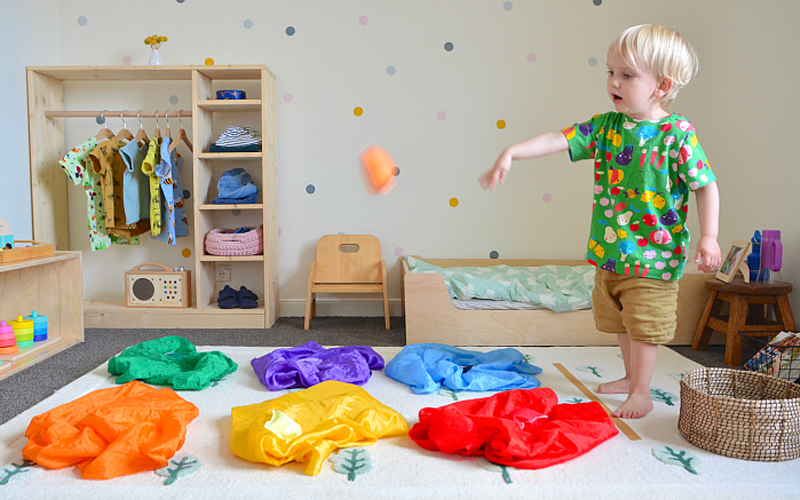
Materiales necesarios:
- Soft bean bags
- Plastic bins or baskets in different colors
- Masking tape to mark the throw line
How to Do It:
Label or color-code bins. Children take turns tossing bean bags into the matching-colored bin from a set distance. Vary the rules by assigning points, changing distances, or using number labels for math integration.
Beneficios:
Strengthens throwing accuracy, visual tracking, and color recognition. Encourages turn-taking, basic math, and concentration in an active yet structured indoor setting.
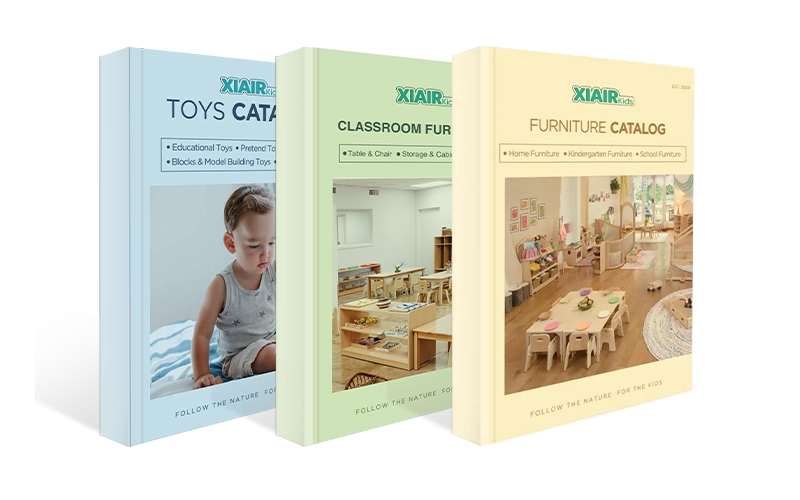
Receive a free catalog and custom layout to help you design your ideal classroom easily.
Sensory Bins with Rice or Pasta
A classic sensory play activity that supports exploration and early cognitive development. Ideal for quiet focus on rainy days.
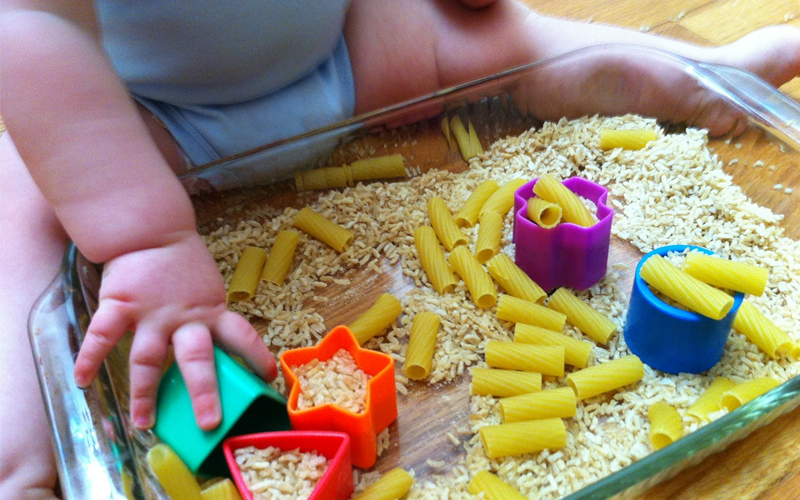
Materiales necesarios:
- Plastic bins or trays
- Uncooked rice, pasta, or dried beans
- Small scoops, cups, spoons, and funnels
- Hidden objects or mini toys (optional)
How to Do It:
Fill bins with rice or pasta and place tools nearby. Let children scoop, pour, sift, or search for hidden items. Rotate materials weekly to keep interest high.
Beneficios:
Encourages fine motor control, hand-eye coordination, and sensory processing. It also fosters calm focus, independent play, and early science concepts like volume and texture.
DIY Pouring & Scooping
A practical life activity inspired by Montessori classrooms. Children practice everyday motor tasks in a structured, calming setting.
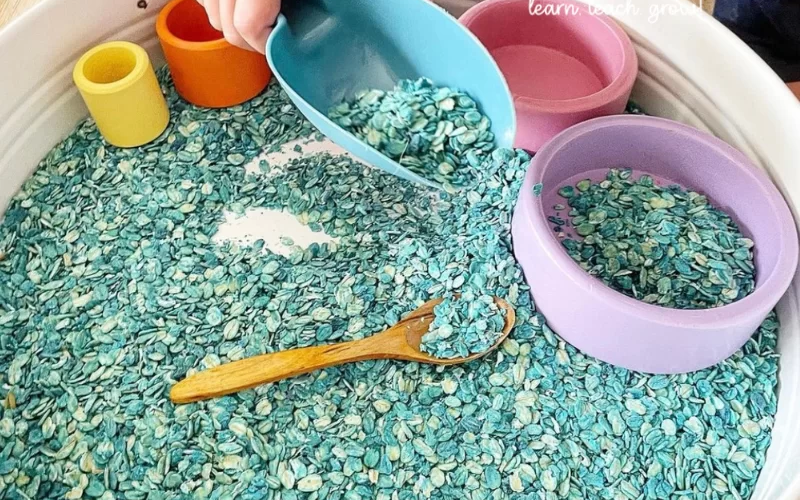
Materiales necesarios:
- Minor pitchers, bowls, scoops
- Water, rice, or sand (for dry stations)
- Towels or trays to catch spills
- Optional food coloring for water play
How to Do It:
Set up trays with materials to scoop or pour between containers. Demonstrate the task first, then allow free exploration. Keep spills manageable with towel-lined trays.
Beneficios:
Builds wrist strength, precision, and concentration. Promotes independence and real-world coordination skills—key parts of Montessori education for ages 2–6.
Matching Color Games with Wooden Materials
A simple, tactile activity that introduces sorting, logic, and color recognition using safe, natural materials.
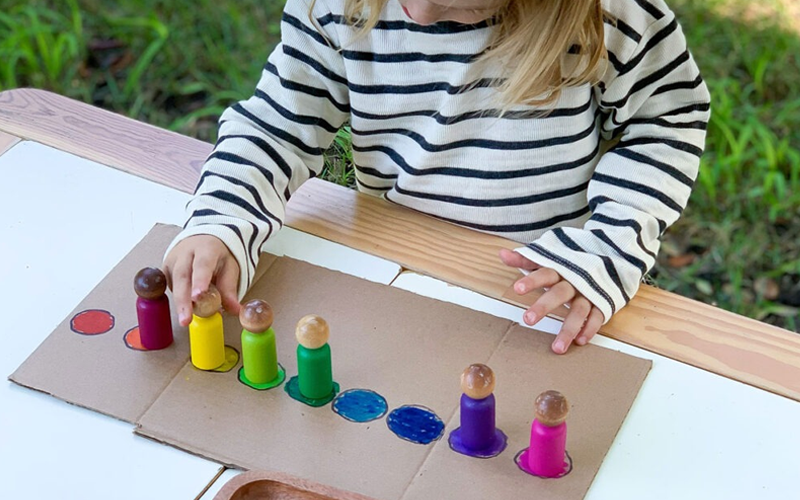
Materiales necesarios:
- Wooden blocks or discs in various colors
- Color-coded bowls or mats
- Tongs or tweezers (optional for added challenge)
How to Do It:
Spread out colored items and bowls. Children use hands or tools to match and sort objects by color. Increase complexity by adding patterns or time challenges.
Beneficios:
Enhances visual discrimination, categorization, and fine motor accuracy. Also supports focus and early math readiness in a hands-on, screen-free format.
Montessori Counting Tray Activities
This math-based activity introduces children to numbers, quantity, and one-to-one correspondence using tactile materials. It supports independent learning and early math understanding.
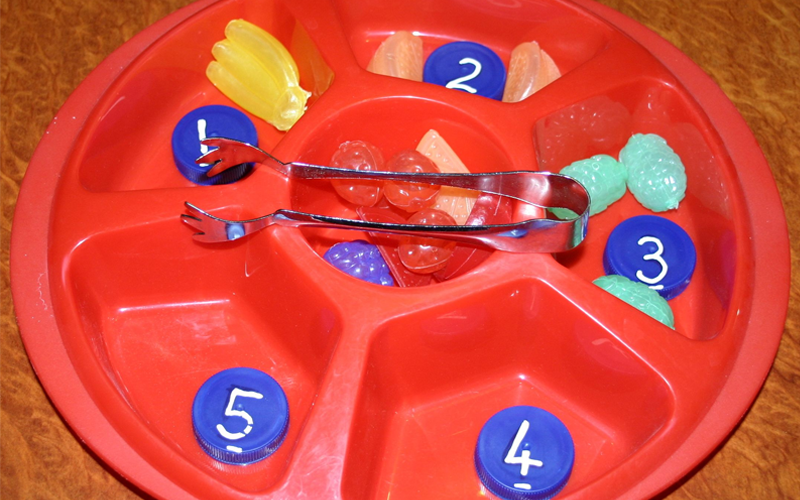
Materiales necesarios:
- Wooden trays or shallow boxes
- Number cards (1–10)
- Natural counting objects (beads, stones, buttons)
- Small bowls or sections for sorting
How to Do It:
Place a number card on each tray and have children count and place the correct number of objects in the tray. Allow them to self-correct by comparing quantities or using reference visuals.
Beneficios:
Supports number recognition, counting skills, and concentration. The hands-on method builds a strong math foundation while reinforcing order and independence, key principles in Montessori education.
Loose Parts Play Corner
A flexible, creative play area where children use open-ended materials to build, sort, and invent freely. Ideal for problem-solving and storytelling.
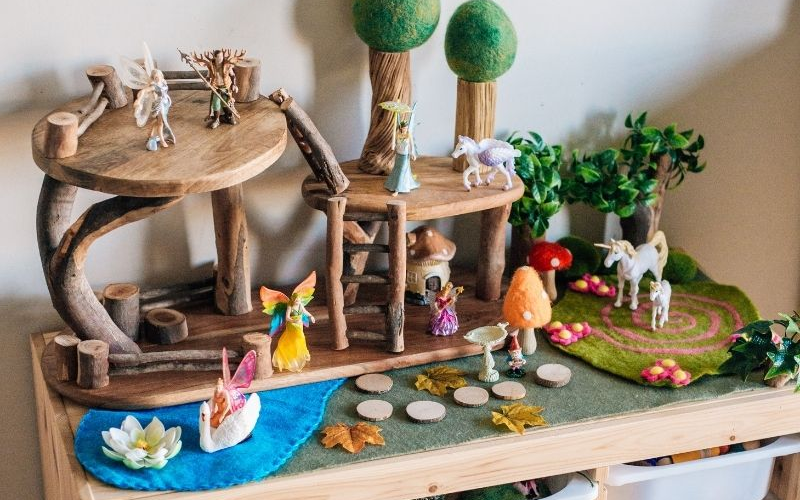
Materiales necesarios:
- Assorted safe loose parts: wooden rings, shells, buttons, fabric scraps, corks
- Trays or baskets for organization
- A flat surface or mat for construction
How to Do It:
Offer children a variety of materials and let them choose how to use them—creating patterns, building small structures, or making scenes. No instructions required; play is entirely self-directed.
Beneficios:
Boosts creativity, spatial awareness, and critical thinking. Also encourages symbolic thinking, design experimentation, and social collaboration when done in small groups.
Reading Circle with Storytime Props
A cozy group activity that brings books to life and encourages a love of reading through visual and interactive storytelling.
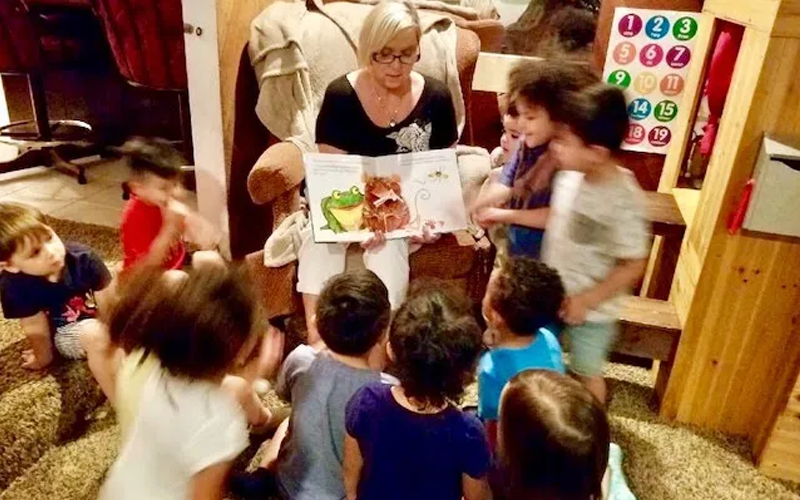
Materiales necesarios:
- Age-appropriate storybooks
- Storytime props (felt characters, plush toys, picture cards)
- Floor cushions or a soft rug
How to Do It:
Gather children in a circle and read aloud while using props to illustrate characters or events. Invite children to hold or move props at key points in the story to increase participation.
Beneficios:
Enhances listening comprehension, vocabulary, and narrative skills. Props support visual learning and engagement, while the group format builds attention span and social connection.
Puppet Shows & Role Play
This activity sparks imagination, emotional expression, and communication as children create or act out stories using simple puppets.
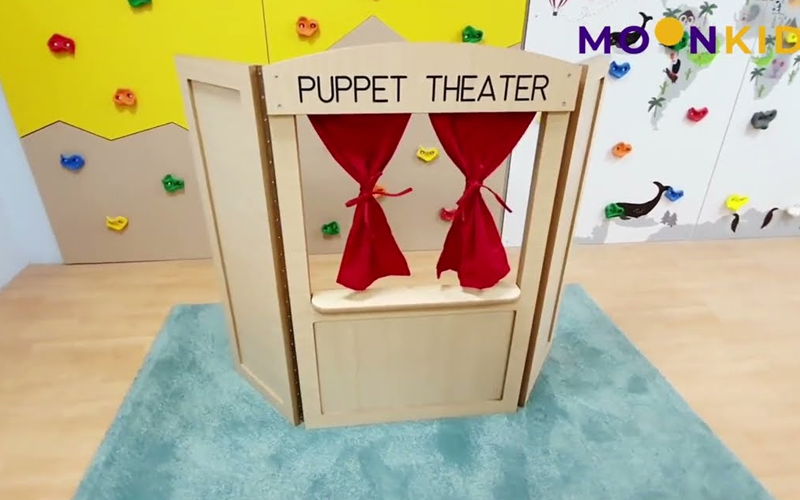
Materiales necesarios:
- Hand puppets or sock puppets
- Simple stage area (e.g., cardboard theater or tabletop)
- Costumes or role-play accessories (optional)
How to Do It:
Children can put on their shows or retell known stories. Adults may model a short skit first, then invite children to create their scenes solo or in pairs.
Beneficios:
Improves language development, confidence, and emotional articulation. Also supports creativity and cooperative play, especially when children collaborate on characters or dialogue.
Indoor Tent with Soft Lighting for Calm Play
A designated calm zone that gives children a safe, quiet space to rest, self-regulate, or play independently during overstimulating moments.
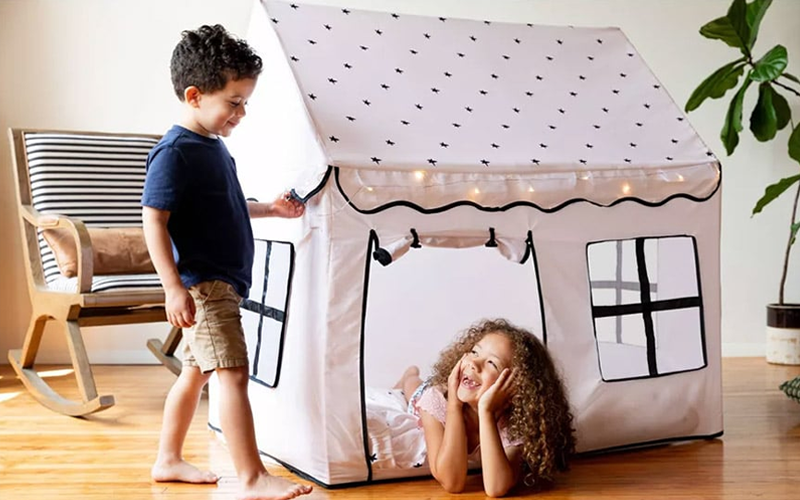
Materiales necesarios:
- Small indoor tent or canopy
- Soft lighting (battery-operated string lights or LED lamps)
- Floor cushions, small blankets, and stuffed animals
- A few quiet books or sensory toys
How to Do It:
Set up a cozy tent in a quiet corner of the room. Add gentle lighting and soft textures to create a relaxing atmosphere. Encourage children to use the space when they need a break, or assign quiet time during transitions.
Beneficios:
Supports emotional regulation, reduces sensory overload, and encourages self-awareness. Promotes independent calming strategies and contributes to a more balanced classroom environment.
Egg Carton Creatures
Among the most engaging rainy day activities for kids, egg carton creatures offer a hands-on, imaginative craft experience using recycled materials.
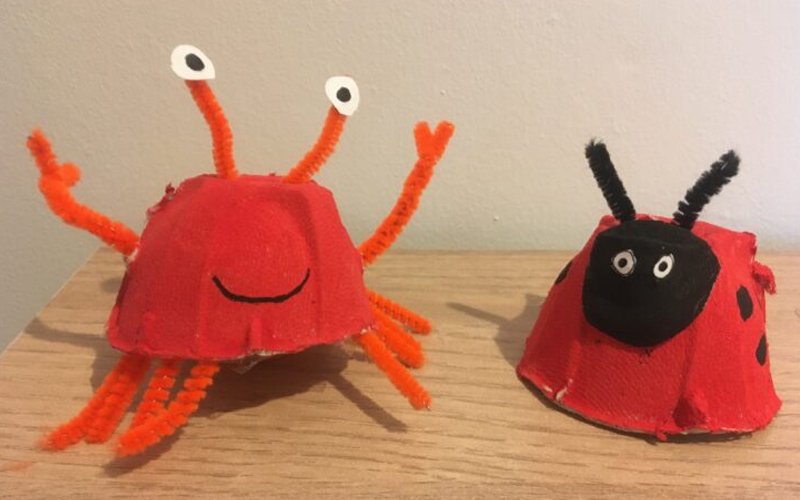
Materiales necesarios:
- Clean egg cartons (cut into cup sections)
- Child-safe paint or markers
- Pipe cleaners, googly eyes, glue
- Buttons, felt, or paper scraps for decoration
How to Do It:
Cut egg cartons into small sections. Children decorate each piece to resemble a creature, attaching legs, antennae, or wings using craft materials. Display the creations on a shelf or use in pretend play.
Beneficios:
Encourages creativity, hand strength, and problem-solving. It also promotes sustainability by reusing everyday items and allows for independent, open-ended design.
Rain Sticks Made from Tubes
Rain sticks are a perfect sensory and musical addition to your list of rainy day activities for kids. They allow children to explore sound and rhythm while also expressing themselves through hands-on creation.
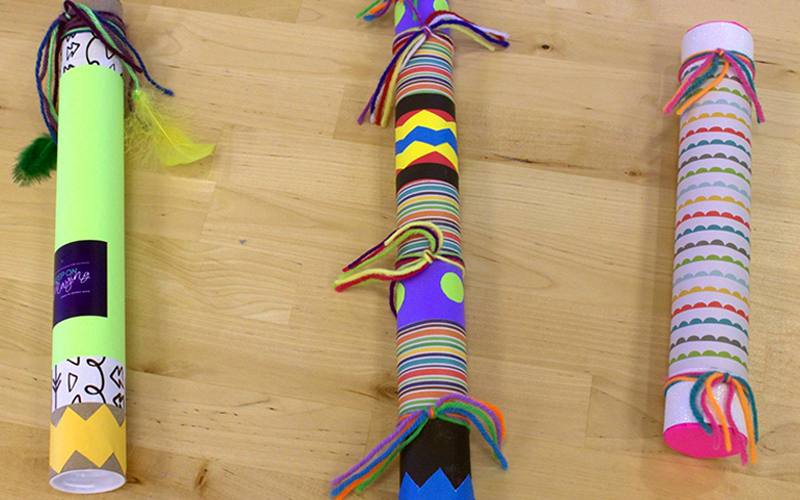
Materiales necesarios:
- Cardboard tubes (e.g., paper towel rolls)
- Dry rice or lentils
- Aluminum foil (twisted into spirals)
- Paper, glue, tape, rubber bands
- Paint, stickers, or markers for decoration
How to Do It:
Seal one end of the tube. Insert twisted foil inside and pour in rice. Seal the other end, then decorate the outside. Children tilt the tube slowly to hear the rain-like sound.
Beneficios:
Supports fine motor control, auditory focus, and emotional regulation. Also introduces early science concepts like cause and effect, while encouraging artistic design.

Receive a free catalog and custom layout to help you design your ideal classroom easily.
Cotton Ball Cloud Paintings
As a gentle and creative option among rainy day activities for kids, this project lets children explore weather themes through soft textures and visual art.

Materiales necesarios:
- Blue construction paper
- bolas de algodón
- Glue sticks or liquid glue
- Crayons or washable markers
How to Do It:
Children glue cotton balls onto blue paper to create cloud formations. They can draw rain, sunshine, or birds to complete their scene, creating a personal interpretation of the weather.
Beneficios:
Develops fine motor skills and spatial awareness. Introduces basic weather concepts and enhances sensory perception through texture. Great for calm, focused indoor time.
Reggio-Inspired Shadow Play
This light-based exploration activity brings out curiosity and wonder, making it one of the most magical rainy day activities for kids. Inspired by Reggio Emilia principles, it transforms a darkened classroom into a world of moving shapes and stories.
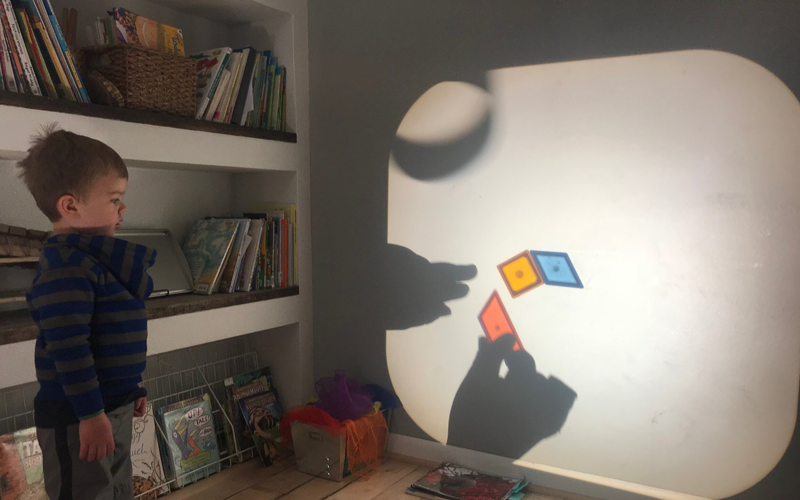
Materiales necesarios:
- Flashlights or a small light projector
- White wall, sheet, or screen
- Transparent and opaque items (blocks, leaves, plastic lids)
- Puppets or silhouette cutouts (optional)
How to Do It:
Set up a light source pointed at a wall or screen. Children place various objects between the light and the screen to cast shadows. Encourage them to build scenes, tell stories, or explore shapes and movement.
Beneficios:
Enhances creativity, visual learning, and scientific observation. Helps children understand light and shadow, cause and effect, and provides opportunities for collaborative storytelling.
DIY Sensory Bottles with Glitter & Water
Sensory bottles are calming, beautiful, and endlessly customizable, making them a classroom favorite for rainy day activities for kids. These visual tools support quiet time, self-soothing, and hands-on creativity during indoor play.
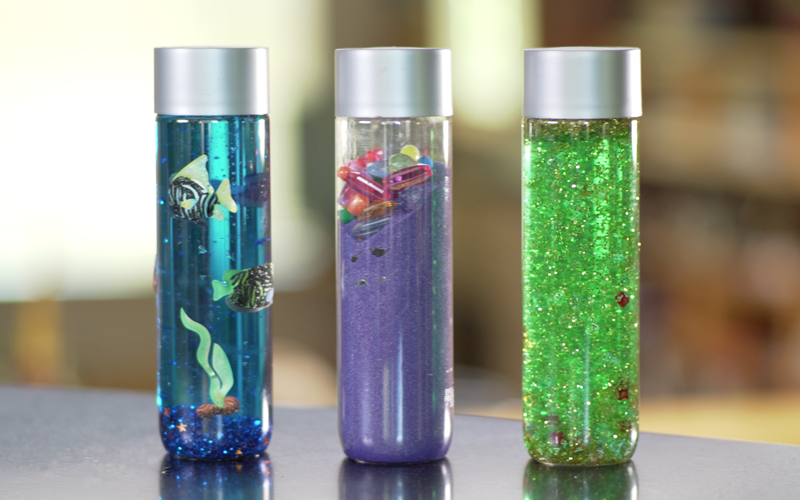
Materiales necesarios:
- Clear plastic bottles with secure lids
- Warm water
- Glitter, sequins, or beads
- Colorante alimentario (opcional)
- Clear glue or baby oil to slow movement
How to Do It:
Fill bottles with water, glitter, and a few drops of food coloring. Add clear glue or oil for a slow swirl effect. Seal lids tightly with glue or tape. Let children shake and watch the glitter settle.
Beneficios:
Promotes emotional regulation and sensory focus. Offers a peaceful break from more active play and supports visual tracking and mindfulness in a simple, low-cost way.
Play with Shaving Cream and Food Coloring
This messy-sensory activity is one of the most exciting rainy day activities for kids, offering texture exploration and color mixing fun.
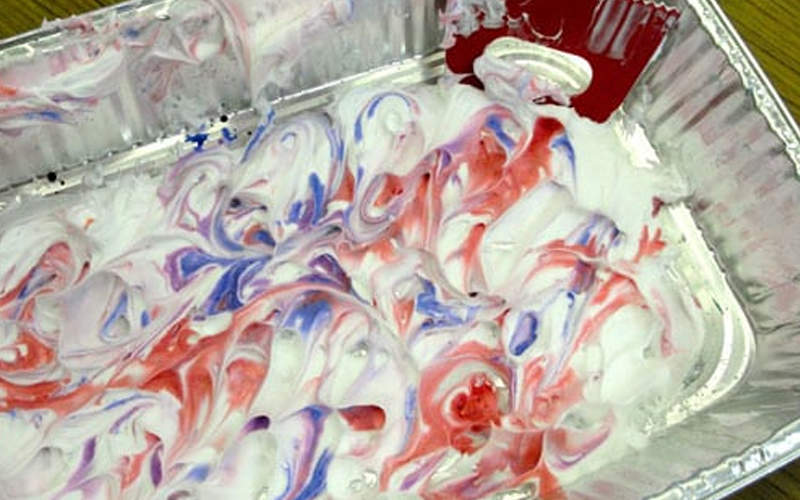
Materiales necesarios:
- Shaving cream (non-menthol, child-safe)
- Food coloring
- Trays or table covers
- Smocks or aprons
How to Do It:
Spray shaving cream onto trays and add drops of food coloring. Let children mix colors with their fingers to make swirls and patterns. Add small toys for added tactile play.
Beneficios:
Supports sensory development, creativity, and fine motor control. Also encourages calm, focused engagement through touch-based exploration.
Make a Necklace Out of Beads or Pasta
This fine motor craft helps children practice threading and pattern-making, perfect for quiet rainy day activities for kids indoors.
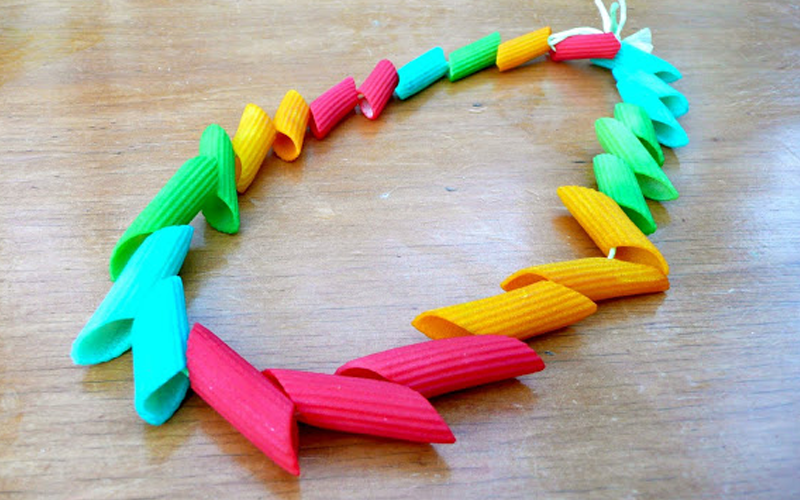
Materiales necesarios:
- Dry pasta or large beads
- String, yarn, or shoelaces
- Paint or markers (optional for coloring pasta)
How to Do It:
If using pasta, let children paint it first and allow it to dry. Then, thread beads or pasta onto a string to make a necklace. Tie the ends together once complete.
Beneficios:
Builds hand-eye coordination, sequencing skills, and creativity. Also supports patience and concentration in a calm crafting activity.
Create an Indoor Obstacle Course
This high-energy activity keeps kids physically active indoors. It’s one of the most beneficial rainy day activities for kids for burning energy and building motor skills.
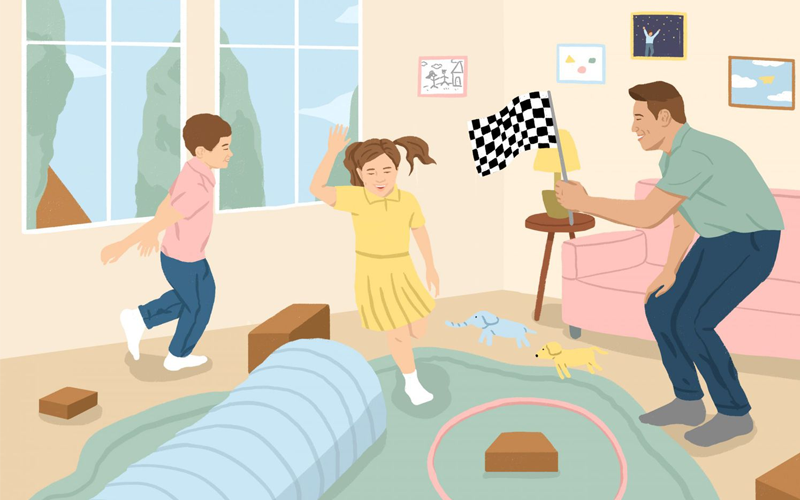
Materiales necesarios:
- Couch cushions, chairs, cones, and hula hoops
- Masking tape (to mark paths or jump lines)
How to Do It:
Arrange a path using cushions to climb over, spaces to crawl under, and lines to jump across. Give children verbal instructions or visual cues to follow the sequence.
Beneficios:
Improves balance, strength, and coordination. Also helps children follow multi-step directions and supports teamwork in group play.
Build a Fort with Couch Cushions
A classic among rainy day activities for kids, fort building sparks imagination, spatial planning, and collaborative fun.
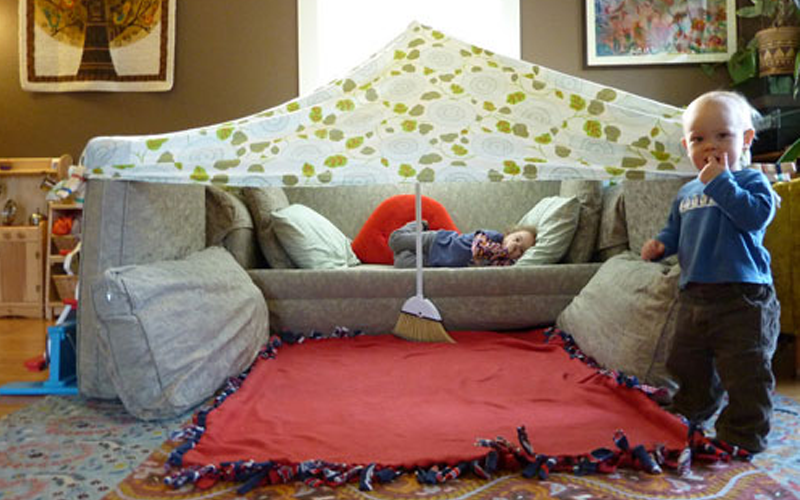
Materiales necesarios:
- Couch cushions, blankets, pillows
- Chairs or soft furniture
- Flashlights or string lights (optional)
How to Do It:
Let children build a structure by stacking cushions, draping blankets, and arranging a cozy interior space. They can bring in books or toys for play inside the fort.
Beneficios:
Encourages creativity, problem-solving, and cooperative play. Also provides a private, quiet space for self-regulation and imaginative storytelling.
Create a Design with Popsicle Sticks and Glue
This simple crafting project is ideal for structured creativity indoors, allowing kids to build shapes and patterns with basic tools.
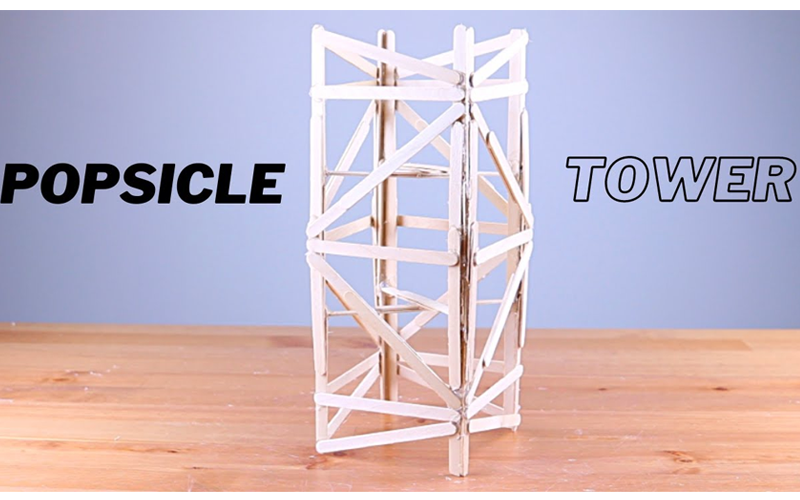
Materiales necesarios:
- Palitos de helado
- Pegamento seguro para niños
- Markers, stickers, or paint for decoration
How to Do It:
Children arrange sticks into shapes, letters, or structures, then glue them in place. Once dry, they can decorate their designs and show them off.
Beneficios:
Enhances spatial reasoning, design thinking, and fine motor coordination. Also introduces basic geometry and patience.

Receive a free catalog and custom layout to help you design your ideal classroom easily.
Play Farm
This pretend play activity allows children to simulate the experience of life on a farm, using toy animals and simple props to create their mini agricultural world.
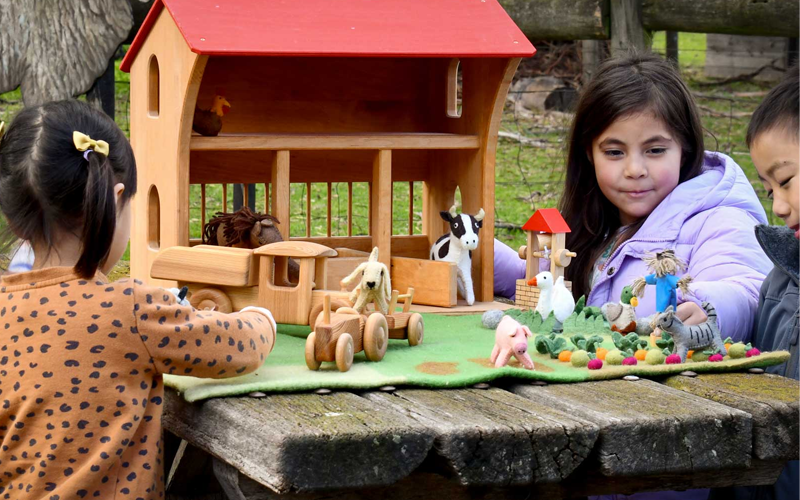
Materiales necesarios:
- Toy farm animals (cows, pigs, chickens, etc.)
- Toy fences, tractors, or vehicles
- Blocks or cardboard for barns
- A green felt or a play mat to simulate grass
How to Do It:
Set up a small “farm area” in the classroom or play space. Children can sort animals into pens, pretend to feed them, or drive tractors around the field. Teachers can provide simple story prompts like “It’s time to gather the animals for the night” or “The cow is lost—find her!” to guide dramatic play.
Beneficios:
Encourages role-playing, storytelling, and vocabulary growth. It also helps children build knowledge of animal types, habitats, and basic problem-solving through scenarios they create and resolve on their own or with peers.

Receive a free catalog and custom layout to help you design your ideal classroom easily.
Paint with Sponges
Sponge painting is a simple yet highly engaging art activity. It invites children to explore textures and patterns in a less controlled, more sensory-focused way than traditional painting. It’s especially helpful for children who enjoy tactile learning experiences.
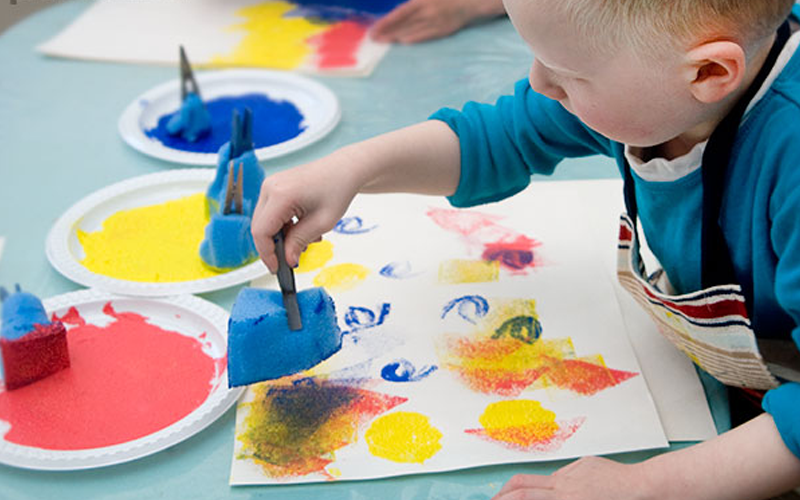
Materiales necesarios:
- Clean sponges (whole or cut into shapes)
- Pintura lavable en varios colores.
- Paper plates for paint trays
- Heavy paper or cardboard
How to Do It:
Pour paint onto plates and let children dip the sponge pieces into the colors. Encourage them to stamp, slide, or press the sponge onto paper to make shapes or textures.
Beneficios:
Improves hand strength, fine motor control, and creativity. It also supports sensory exploration, attention span, and confidence in making artistic choices without fear of making mistakes.
Build a Structure with Playing Cards
Card tower building is a quiet, challenging task that requires focus, patience, and precision. Children will enjoy the process of experimenting with balance and structure, even when their first few attempts fall.

Materiales necesarios:
- A flat surface (floor or table)
- A standard deck or two of playing cards
How to Do It:
Demonstrate how to lean two cards together to make a triangle or how to stack layers for a tower. Let children build small structures first, then challenge them to go taller or wider. Encourage collaboration if space and group size allow.
Beneficios:
Develops perseverance, problem-solving, and spatial awareness. It also sharpens fine motor skills and helps children manage frustration through trial and error.
Use Craft Supplies to Create Animals
This creative activity allows children to design and build animals—real or imaginary—using a mix of basic art supplies. It combines fine motor skills with design thinking and storytelling.
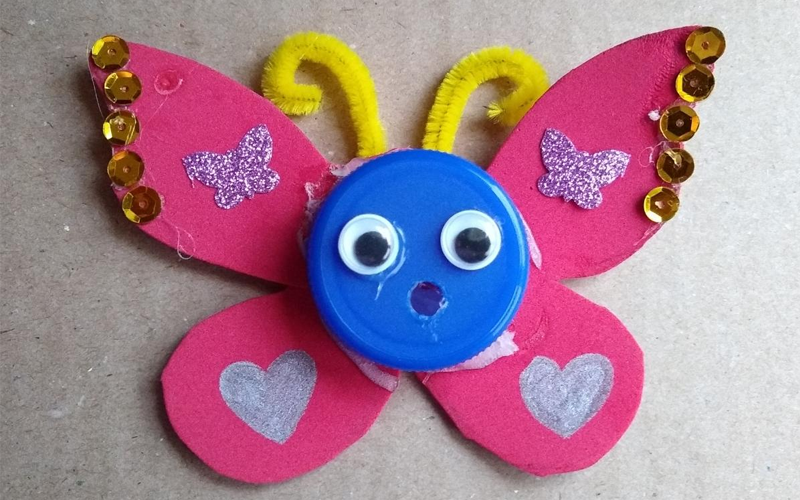
Materiales necesarios:
- Paper, scissors, glue
- Pom-poms, googly eyes, pipe cleaners, felt scraps
- Markers, crayons, buttons
How to Do It:
Offer children a wide range of materials and let them choose what animal they want to create. They can build a cat from felt, a monster from pom-poms, or invent their own creature. Encourage them to describe the animal’s name, home, and personality.
Beneficios:
Supports creative expression, visual-spatial thinking, and narrative development. It also builds hand strength and attention to detail through small, careful assembly.
Cut Out Paper Snowflakes
This seasonal activity blends art and geometry in a quiet, focused way. Cutting snowflakes teaches symmetry, patience, and the beauty of pattern-making.
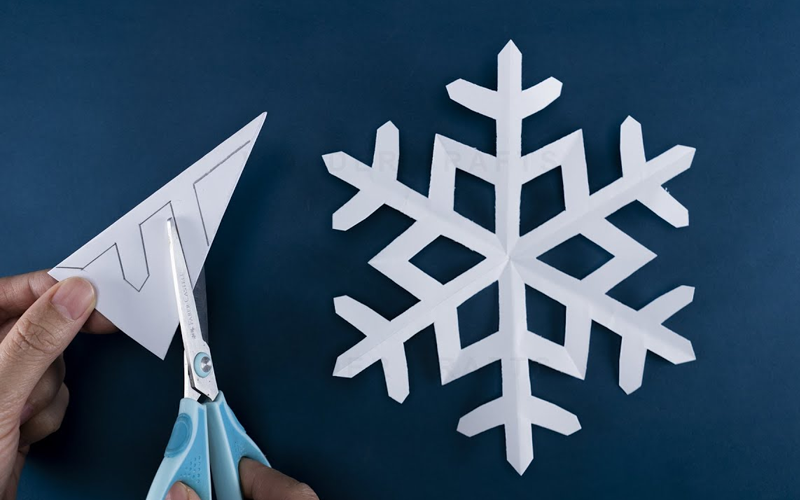
Materiales necesarios:
- Square sheets of paper
- Child-safe scissors
- Optional: crayons, glitter glue, or markers for decoration
How to Do It:
Fold the paper into halves and then quarters, or into triangle shapes for more complex patterns. Show children how to cut small shapes into the folds. Carefully unfold to reveal a symmetrical snowflake, then decorate.
Beneficios:
Promotes fine motor precision, introduces mathematical symmetry, and encourages focus. It also offers a visual reward for careful planning and thoughtful cutting.
Make Bookmarks
Creating bookmarks gives children a purpose for crafting—designing something they can use during reading time. It’s a small-scale, calm art project that builds attention to detail.

Materiales necesarios:
- Strips of cardstock or heavy paper
- Markers, stickers, stamps, crayons
- Hole punch and ribbon or yarn
How to Do It:
Provide pre-cut bookmarks or let children cut their own. Allow them to decorate both sides with drawings, patterns, or words. Add a ribbon or tassel for flair. Encourage them to write their names or a favorite book quote.
Beneficios:
Builds creative confidence, supports reading culture, and improves motor skills. Children also gain pride in making something functional and personal.
Create a Secret Code
Children love mysteries, and this activity turns writing into a decoding game. It’s an excellent way to reinforce alphabet recognition, pattern thinking, and literacy without feeling like a lesson.
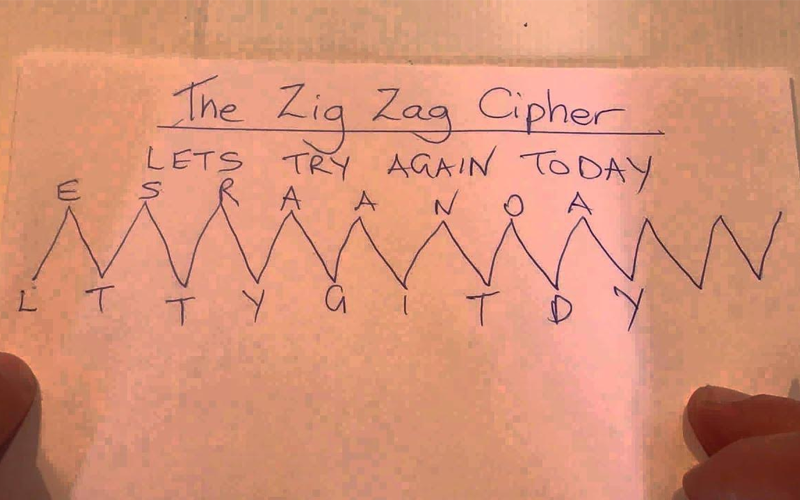
Materiales necesarios:
- Paper and pencils
- An alphabet chart or a printed symbol-to-letter code
How to Do It:
Introduce a simple code, like numbers replacing letters, or unique shapes for each vowel. Children can write messages for others to decode, or decode examples from you. You can even make a “spy notebook” for added excitement.
Beneficios:
Enhances early reading and writing skills, logic, and concentration. Encourages purposeful writing and interaction among peers.
Sew Something with Fabric
This introductory textile activity teaches children how to work with fabric, thread, and planning. With guidance, it becomes a relaxing and empowering creative task.
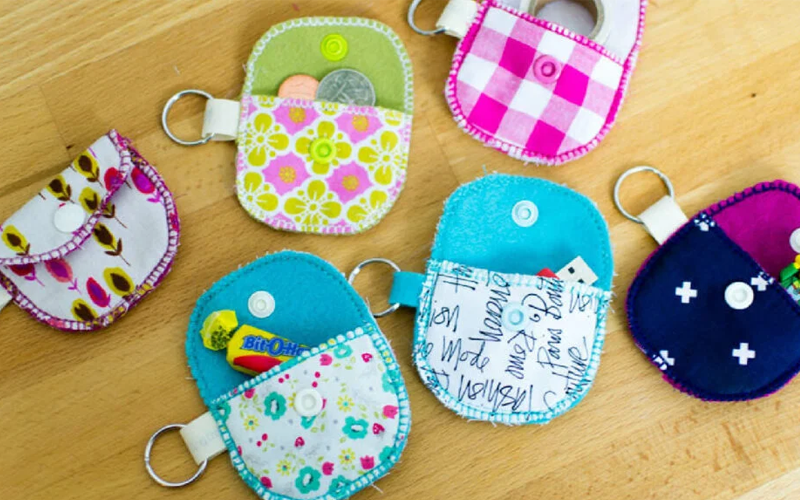
Materiales necesarios:
- Felt squares or fabric scraps
- Plastic child-safe needles and yarn
- Pre-punched holes (or use a hole punch)
- Optional: buttons or fabric glue
How to Do It:
Give children small fabric pieces with pre-made holes and show them how to thread yarn through them. Start with straight stitches along the edge. They can sew a simple shape, a name tag, or a mini pouch.
Beneficios:
Develops fine motor coordination, patience, and hand-eye coordination. Introduces craft discipline and fosters a sense of accomplishment through slow, intentional work.

Receive a free catalog and custom layout to help you design your ideal classroom easily.
Create a Giant Paper Airplane
Supersizing a classic craft makes it more fun—and slightly more challenging. This version adds movement and experimentation to an otherwise quiet day.
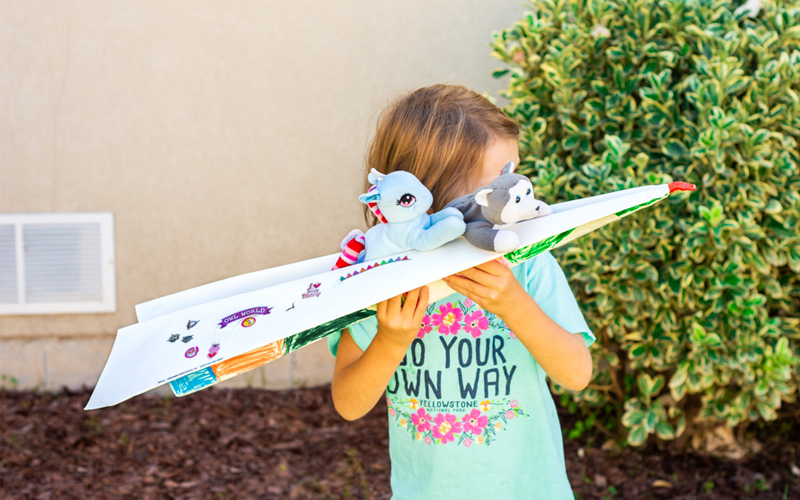
Materiales necesarios:
- Large construction paper or poster board
- Tape, crayons, stickers
- Indoor space with a flying room
How to Do It:
Help children fold a large airplane, starting with basic shapes. Let them personalize the design, then test-fly in an open space. Measure flight distances or modify folds to test results.
Beneficios:
Teaches cause and effect, directional movement, and creative problem-solving. A great blend of design, movement, and trial-based learning.
Play Dress Up
Dress-up play gives children the chance to take on roles, test social scripts, and use expressive language—all while having fun. It’s a low-prep, high-impact activity for creative development.
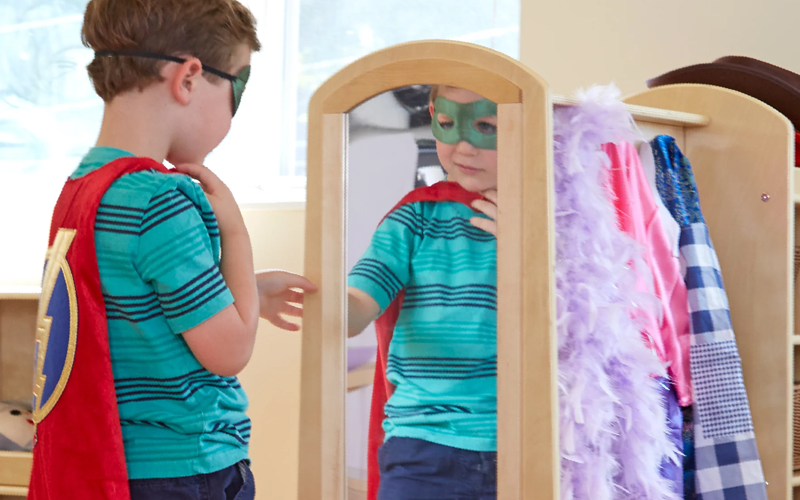
Materiales necesarios:
- Assorted costumes: hats, scarves, shirts, aprons
- Props (e.g., old phones, kitchen tools)
- Mirror (optional but engaging)
How to Do It:
Lay out costumes and allow children to choose outfits freely. Encourage them to act out scenarios—being a doctor, a chef, or a story character. You can set up a mini “stage” or play area.
Beneficios:
Boosts imagination, confidence, and social interaction. Helps children explore identity and emotional roles through safe, playful storytelling.
Stack Cups and Knock Them Down
This simple but highly satisfying game involves both strategy and excitement. Children will love the build-and-destroy rhythm, which is easy to repeat and adapt.
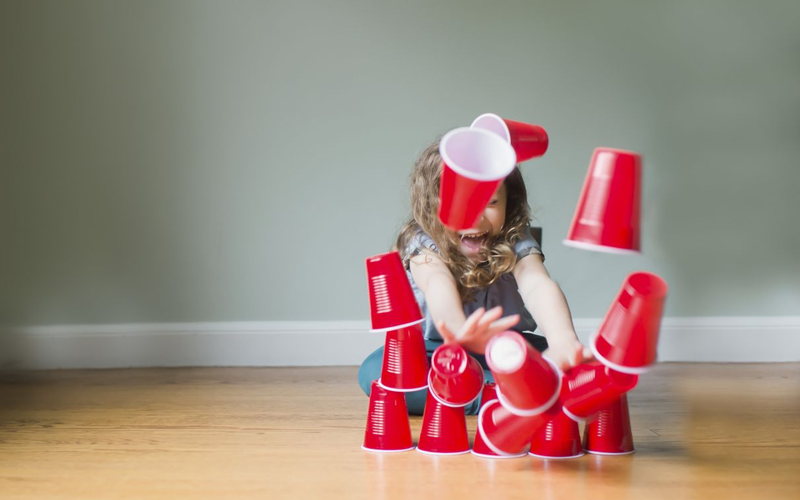
Materiales necesarios:
- Plastic cups (10–20)
- Softball or bean bag
How to Do It:
Children stack cups into a tower or pyramid. Once built, they stand at a distance and throw a ball to knock them down. They can count how many they hit or challenge others for fun.
Beneficios:
Improves coordination, aim, and physical control. Also teaches teamwork and resilience, as they rebuild and try again.
Create a Cardboard Town
This hands-on construction activity allows children to build a miniature town using cardboard, which promotes creativity, design thinking, and spatial awareness.
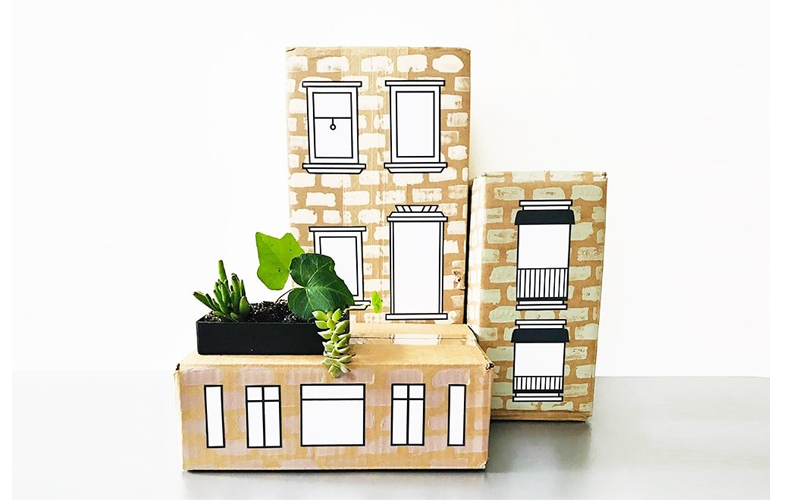
Materiales necesarios:
- Cardboard boxes (various sizes)
- Scissors (child-safe), tape, glue
- Markers, paper, paint for decoration
- Small figurines or vehicles (optional)
How to Do It:
Guide children to cut and fold boxes into buildings—houses, shops, schools—and then decorate them with paint or paper. Use tape to attach parts or create roads. Place toy cars or people inside the town to bring it to life.
Beneficios:
Enhances design skills, cooperation (when working in groups), and understanding of structure and layout. Encourages storytelling and imaginative play within a self-made environment.
Make Your Comic Book
This quiet, imaginative activity gives children a chance to combine drawing, writing, and storytelling by designing their comic book pages.
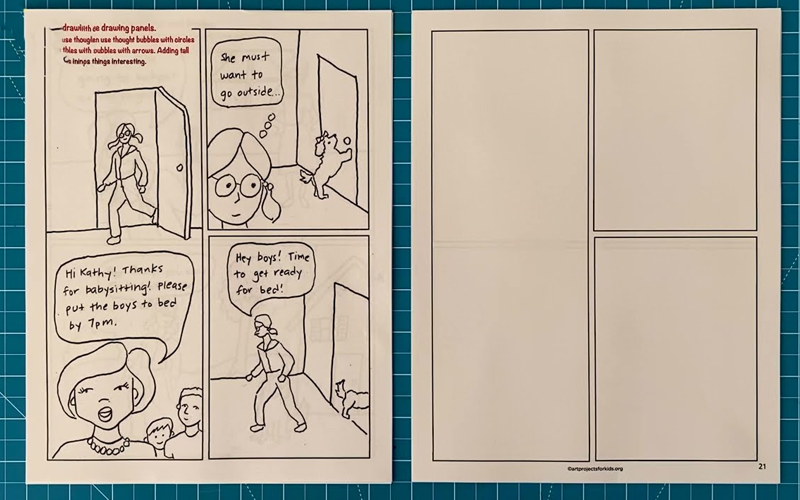
Materiales necesarios:
- Blank comic strip templates or plain paper
- Pencils, markers, colored pencils
- Stapler (for final assembly)
How to Do It:
Help children fold or staple several sheets to create a “book.” Guide them in drawing characters and writing simple dialogue bubbles or captions. Let them add color and create a cover.
Beneficios:
Builds early literacy, sequencing, and creative expression. Strengthens fine motor control and gives a strong sense of accomplishment upon completion.
Kitchen Science: Sink or Float
This simple science activity allows children to explore basic physical properties by predicting and testing which objects will sink or float in water.
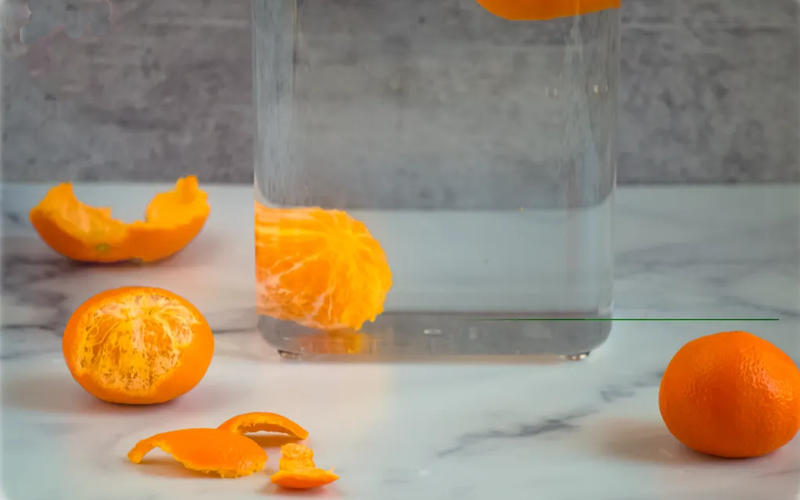
Materiales necesarios:
- A large, clear bowl or container of water
- Small objects (plastic spoon, cork, rock, paperclip, leaf, coin, etc.)
- Towel for cleanup
- Prediction worksheet (optional)
How to Do It:
Have children predict whether each object will sink or float, then test their hypotheses by placing items in the water. Discuss why certain items behave differently.
Beneficios:
Introduces early scientific concepts like density and buoyancy. Promotes critical thinking, vocabulary building, and hands-on inquiry.
Frozen Toy Rescue
This sensory-rich activity turns simple ice play into an engaging rescue mission. Children explore texture and temperature while using tools to “save” toys.
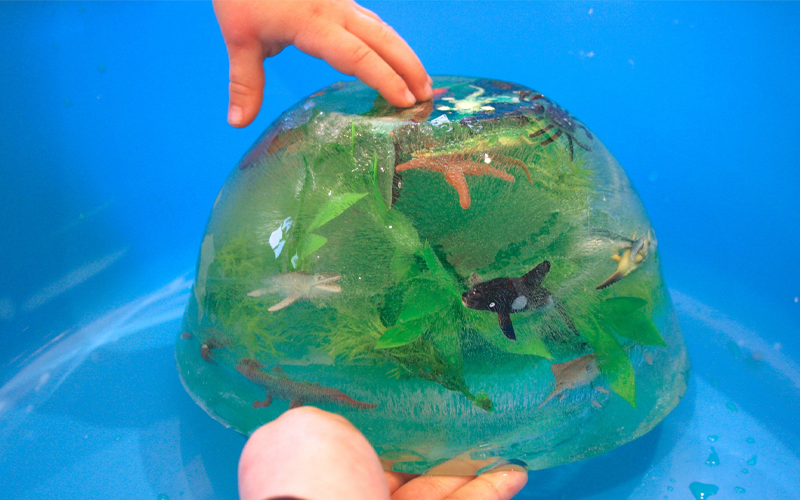
Materiales necesarios:
Salt, warm water, eyedroppers or spoons
Small plastic toys (animals, blocks, etc.)
Ice cube trays or plastic containers
How to Do It:
Freeze toys inside containers of water. Once frozen, provide tools and guide children to melt the ice using salt or warm water to free the objects.
Beneficios:
Teaches cause and effect, patience, and problem-solving. Also builds sensory processing and small motor control through tool use.
Create a Weather Station
This indoor science setup helps children observe and understand weather by tracking changes and role-playing meteorologists.
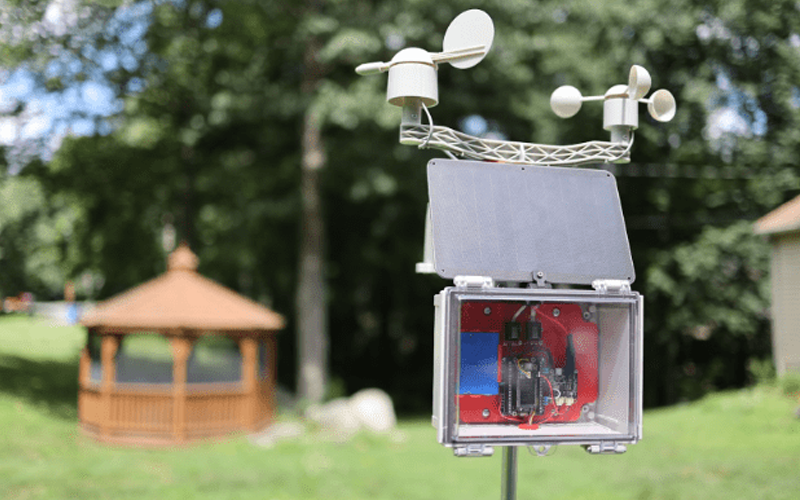
Materiales necesarios:
- Printable weather chart
- Thermometer (indoor-safe)
- Paper, markers, stickers
- Toy microphone (optional)
How to Do It:
Each day, children record indoor weather observations: temperature, cloud pictures, or barometer symbols. They can also pretend to “broadcast” a weather report to the class.
Beneficios:
Builds early science knowledge, vocabulary, and calendar awareness. Encourages data collection, routine, and communication skills.
Play String Games (Cat’s Cradle and More)
String games like Cat’s Cradle are classic hand-eye coordination activities that develop focus and cooperation. Children use loops of string to create and transfer shapes between their hands or with a partner.

Materiales necesarios:
- Loops of yarn or soft string (pre-cut and tied)
- Optional: illustrated step-by-step cards or printed instructions
How to Do It:
Start by showing basic formations such as “Cat’s Cradle,” “Witch’s Broom,” or “Jacob’s Ladder.” Children can practice solo or take turns trying partner moves. Visual aids help non-readers follow along independently.

Receive a free catalog and custom layout to help you design your ideal classroom easily.
Beneficios:
Improves concentration, finger dexterity, and bilateral coordination. Also supports memory, pattern recognition, and peer collaboration through shared play.
Do a Blind Taste Test of Different Foods or Drinks
This sensory game turns snack time into a discovery experience, allowing children to engage their taste buds, develop descriptive vocabulary, and explore textures.
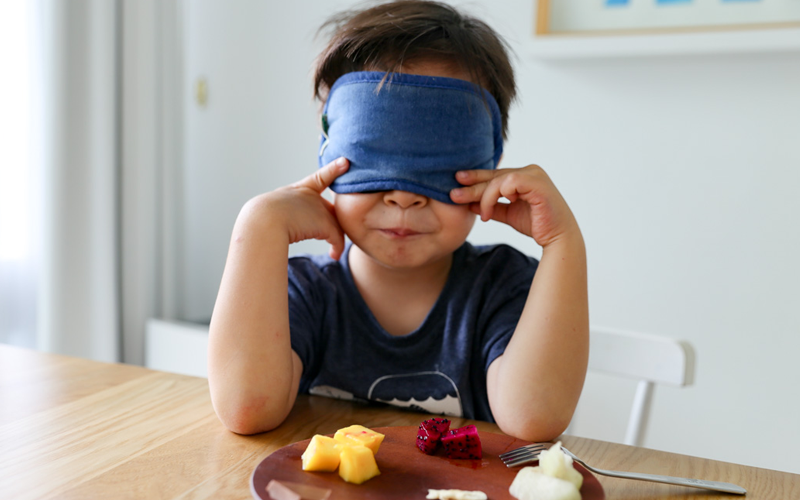
Materiales necesarios:
- Small samples of familiar foods or drinks (apple slices, yogurt, crackers, citrus, etc.)
- Blindfold or ask children to close their eyes
- Paper and pencils for guessing (optional)
How to Do It:
Blindfold children one at a time or ask them to close their eyes. Give them one food item to taste and describe. They can guess the food or rate it by taste, texture, or smell. Keep choices allergy-safe and age-appropriate.
Beneficios:
Enhances sensory awareness and expressive language. Encourages curiosity and builds confidence in describing experiences. Also introduces healthy food discussion in a fun way.
Make an Eruption with Baking Soda and Vinegar
A classic science activity that excites young learners, this simple “volcano” experiment creates safe chemical reactions using everyday ingredients.
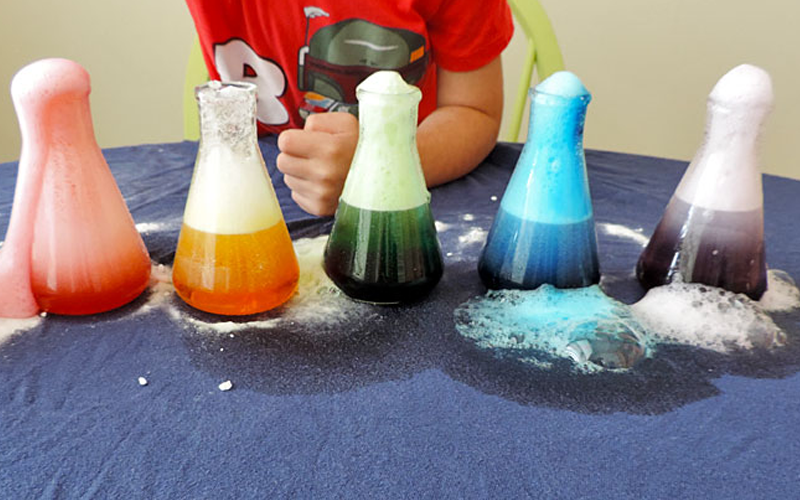
Materiales necesarios:
- Bicarbonato
- Vinagre
- Food coloring (optional for lava effect)
- A small container (plastic cup or recycled bottle)
- A tray to catch overflow
How to Do It:
Place the container on a tray. Fill halfway with baking soda. Add food coloring. Then slowly pour in vinegar and watch the fizzy eruption. You can repeat with different amounts or colors.
Beneficios:
Introduces basic chemistry concepts like reactions and gas formation. Builds excitement around science, supports observational skills, and invites follow-up questions and predictions.
Create and Bury a Time Capsule
A reflective, meaningful project where children collect items that represent the present and imagine how they’ll be viewed in the future.
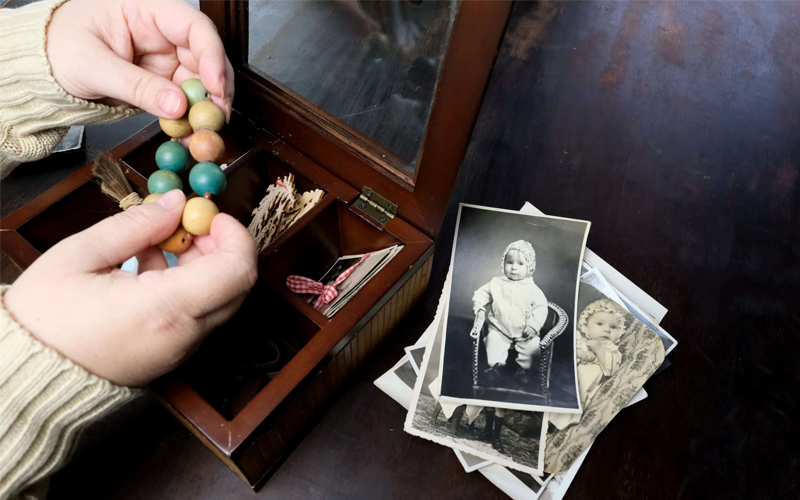
Materiales necesarios:
- Shoebox, plastic container, or resealable bag
- Paper, crayons, photos, small toys, or trinkets
- Labels or a letter to the future
- Shovel (if burying outdoors)
How to Do It:
Invite children to choose or make items that reflect their current life—drawings, favorite toys, lists of favorite foods, etc. Place everything in the container. Seal, label with the date, and either bury or store in a classroom time capsule corner.
Beneficios:
Encourages self-reflection, writing, and personal storytelling. Also builds awareness of time, memory, and preservation of ideas.
Create an Art Gallery Featuring Your Artwork
Transform the classroom into a mini exhibition space where children can display and share their own creations, helping them take pride in their artistic expression.
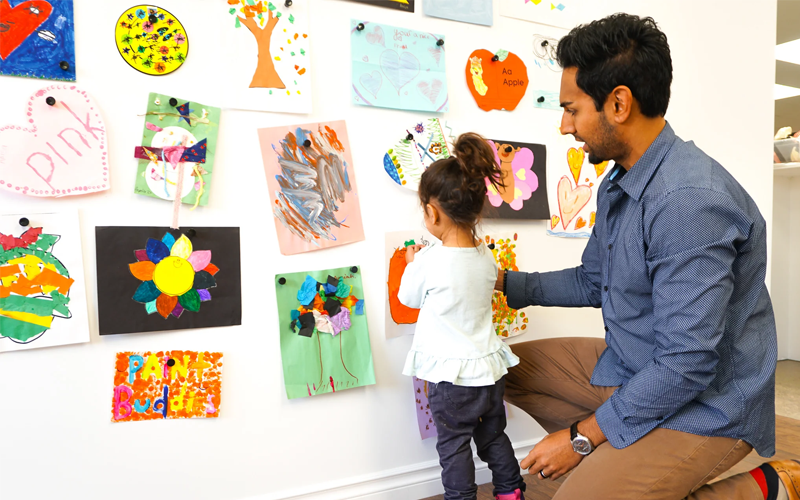
Materiales necesarios:
- Children’s artwork (drawings, paintings, crafts)
- String and clips, bulletin board, or tape
- Paper for title cards and artist statements
How to Do It:
Let children choose several favorite artworks. Help them write a title and short description for each piece. Display on a wall or create a guided gallery tour where each child presents their work to the group.
Beneficios:
Boosts confidence, language development, and presentation skills. Validates effort and creativity, and builds community through peer appreciation.
Build a Marble Run with Recycled Materials
This hands-on STEM activity lets children build their own marble run using recycled materials. It encourages creativity, experimentation, and early engineering thinking—all indoors with minimal prep.
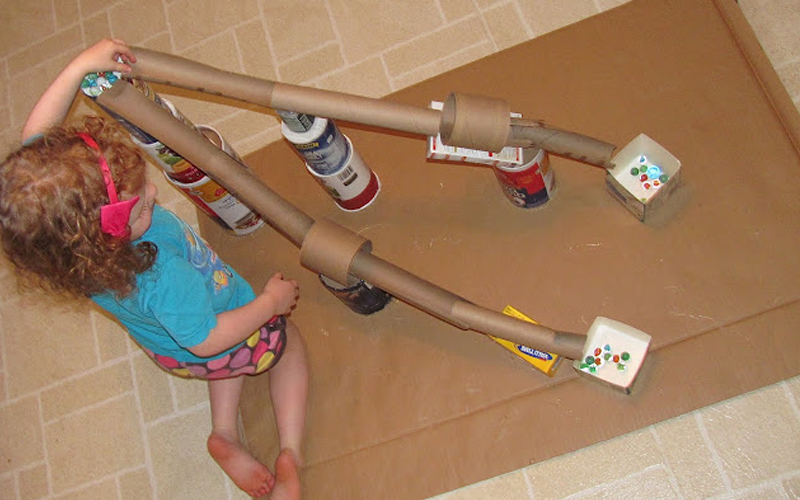
Materiales necesarios:
- Cardboard tubes (from paper towels or toilet paper)
- Masking tape or painter’s tape
- Tijeras
- Marbles or small balls
- Shoebox lids, plastic trays, or a flat wall or board for setup
How to Do It:
Cut and tape cardboard tubes at angles to form a path for the marble to travel through. Children can tape them to a wall, board, or within a box lid. Test how the marble rolls and adjust angles or lengths as needed for smoother runs.
Beneficios:
Promotes problem-solving, fine motor skills, and spatial awareness. Encourages trial-and-error learning, collaboration (in group settings), and introduces children to basic physics concepts like gravity and momentum in a fun, hands-on way.

Receive a free catalog and custom layout to help you design your ideal classroom easily.
Tips for Teachers & Center Owners During Rainy Seasons
Rainy seasons can disrupt routines, limit outdoor play, and challenge the classroom dynamic, especially in early childhood settings. But with the right planning, these months can become some of the most productive and enriching times of the year. Below are practical tips to help teachers and center owners manage their spaces effectively and make the most of rainy day activities for kids.
Plan Indoor Activity Rotations in Advance
When bad weather hits, having a pre-prepared list of rainy day activities for kids saves time and keeps classrooms running smoothly. Instead of improvising, create a weekly plan that includes quiet stations, movement games, and creative play. Stock an “indoor activities box” filled with puzzles, art supplies, sensory bins, and music prompts.
This approach ensures that every activity meets developmental goals while minimizing downtime, especially in centers managing multiple age groups.
Prepare the Physical Environment for Active Play
Without outdoor access, it’s critical to adapt indoor spaces for safe movement. Flexible layouts, soft mats, and mobile Montessori-style furniture make it easier to create obstacle courses, yoga corners, or dance spaces. Tape lines on the floor for walking paths or build movement circuits using cushions and tunnels.
By designing your space around rainy day activities for kids, you create a dynamic classroom that supports physical development even during weather restrictions.
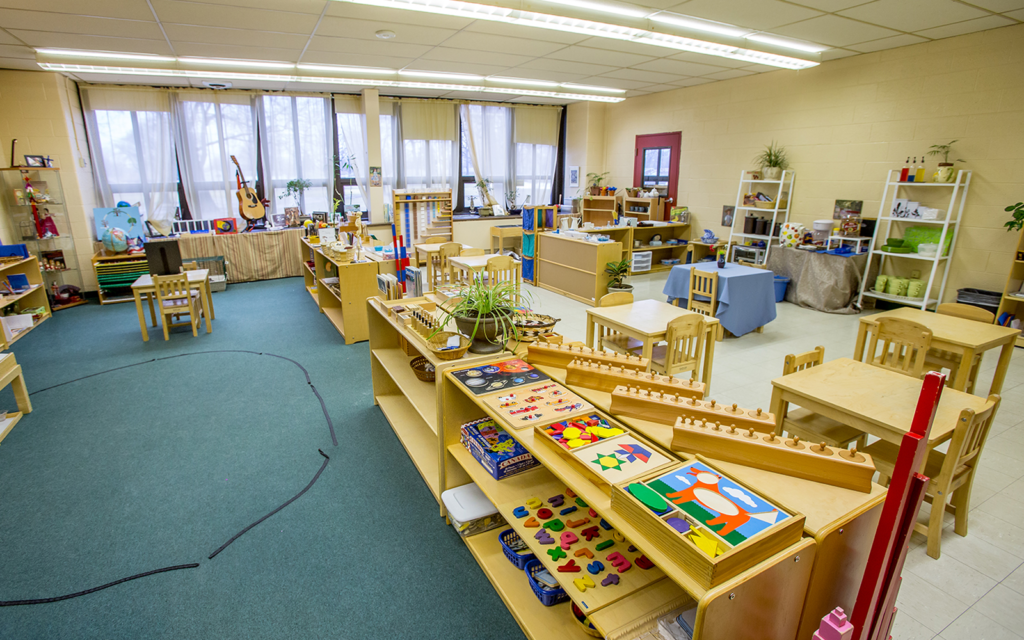
Communicate Clearly with Parents About Indoor Learning
Parents often assume that rainy weather leads to passive, screen-heavy days. Proactively share updates that highlight meaningful rainy day activities for kids, like sensory play, STEM experiments, or collaborative art projects. Consider weekly photo summaries or brief updates showing how children stay active and engaged indoors.
This not only reassures families but also builds trust in your program’s consistency, adaptability, and educational quality—even when the forecast isn’t ideal.
How Preschool Furniture Enhances Rainy Day Activities for Kids Indoors?
Rainy days don’t have to slow down a preschool classroom. With the right setup, indoor environments can still offer rich, active learning experiences. While toys and lesson plans are important, one often overlooked factor is how preschool furniture directly supports and enhances rainy day activities for kids.
Flexible Layouts Make Room for Movement
When outdoor play isn’t an option, classrooms need to adapt fast. Lightweight, modular preschool furniture—such as stackable chairs, movable shelves, and child-sized tables—allows teachers to reconfigure spaces quickly. Whether it’s for an indoor obstacle course, dance session, or floor-based building activity, a flexible layout gives children the physical space they need to stay active.
Furniture that’s easy to move but stable and safe ensures that transitions are smooth and that children can shift between gross motor play and quieter tasks without long setup times.
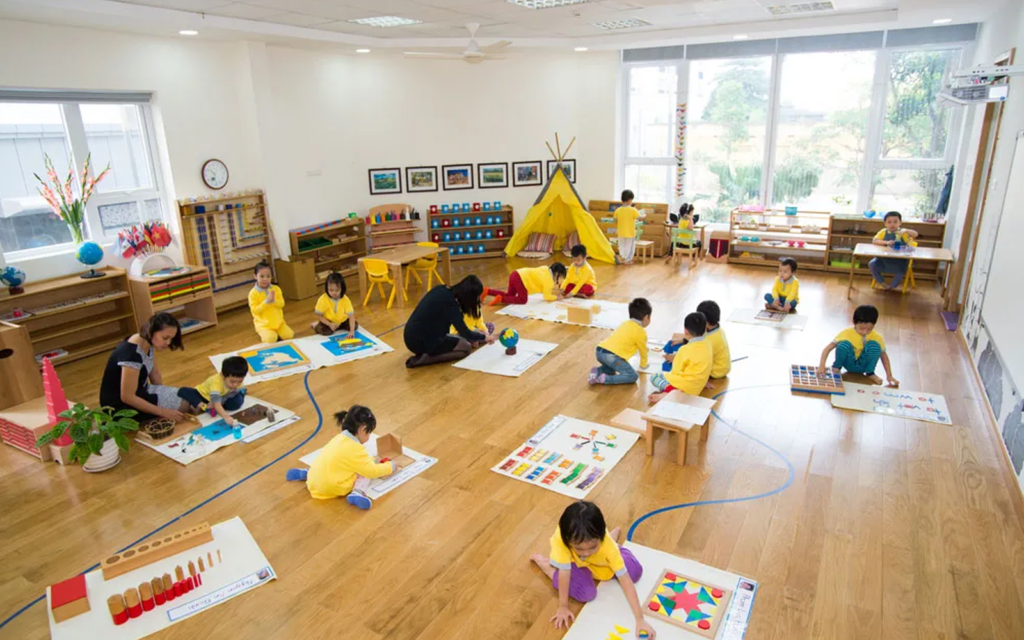
Defined Zones Support Focus and Safety
Preschool classrooms thrive on structure, and that becomes even more important during indoor-only days. Quality furniture helps create clearly defined zones—like art corners, quiet reading nooks, and sensory play areas. For example, open-shelf storage units can double as dividers, guiding traffic flow and minimizing chaos when the entire day happens indoors.
Properly sized tables and chairs also keep children physically comfortable during seated crafts, games, or snack time, reducing restlessness and supporting longer periods of focus.
Durability and Cleanability Are Essential
Indoor days often come with extra mess—think paint, glue, sensory bins, and science experiments like baking soda eruptions. Preschool furniture made with laminated surfaces or coated plywood can withstand these activities without warping, staining, or needing constant replacement.
Smooth, rounded edges not only make cleanup easier but also improve safety, especially in classrooms where furniture may be moved frequently to accommodate different rainy day activities for kids.

Receive a free catalog and custom layout to help you design your ideal classroom easily.
Preguntas frecuentes
1. Are rainy day activities for kids beneficial for different learning styles?
Absolutely. Rainy day activities for kids can be adapted for visual, auditory, and kinesthetic learners. Art stations, music movement games, and tactile play zones allow every child to engage based on their strengths, especially when the classroom is designed for flexible use.
2. How can I organize rainy day activities for kids without overwhelming the classroom space?
Using compact, multi-functional preschool furniture—like mobile shelves, stackable chairs, and foldable tables—makes it easier to set up and clean up rainy day activities for kids. Group materials in labeled bins and rotate them weekly to maintain a clutter-free and stimulating environment.
3. How do rainy day activities for kids support early learning goals?
Indoor activities can align with curriculum standards in fine motor skills, communication, problem-solving, and emotional development. For example, building a fort or creating a craft strengthens spatial awareness and language, all through well-planned rainy day activities for kids.
4. What low-cost materials work well with rainy day activities for kids?
Affordable and recyclable items like paper rolls, cardboard boxes, cotton balls, and pasta can be used in dozens of rainy day activities for kids. When paired with durable preschool furniture, these materials create versatile, budget-friendly indoor learning experiences.
5. How can I keep rainy day activities for kids structured but still fun?
Structure comes from routine, while fun comes from variety. Prepare a flexible schedule with rotating rainy day activities for kids, such as sensory bins in the morning, group storytelling before lunch, and movement games in the afternoon. Use preschool furniture to define clear zones, making transitions smooth and minimizing overstimulation.
6. Can rainy day activities for kids be implemented in small classroom spaces?
Yes. Even in limited spaces, teachers can deliver engaging rainy day activities for kids by using vertical storage, mobile tables, and stackable chairs. Activities like puppet shows, tabletop STEM challenges, or quiet reading tents require minimal space but deliver high developmental value.
Conclusión
Rainy days don’t have to slow down learning. With thoughtful planning, flexible preschool furniture, and a diverse mix of rainy day activities for kids, educators can transform indoor time into valuable developmental experiences. Whether it’s building a fort, creating an art gallery, or leading a science experiment, these activities support creativity, movement, and emotional growth. For center owners and teachers, investing in adaptable furniture and purposeful routines ensures that even the stormiest days remain structured, safe, and full of discovery.







